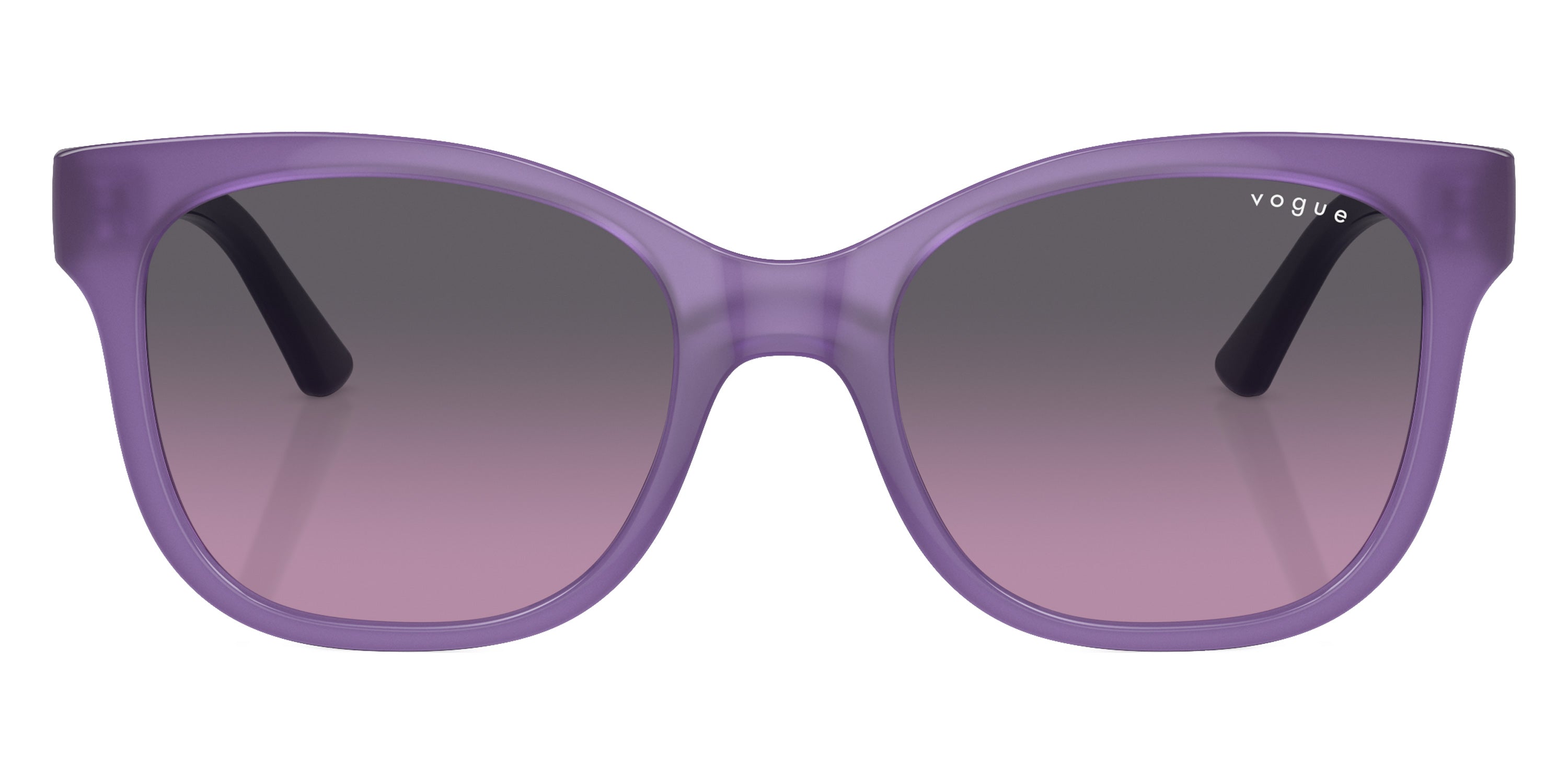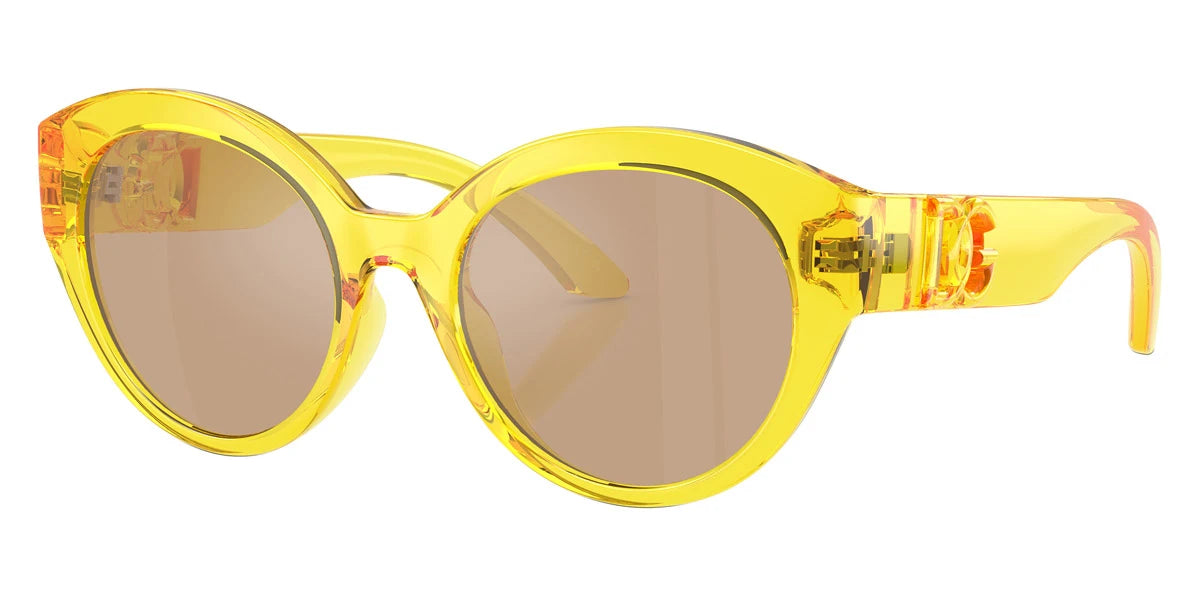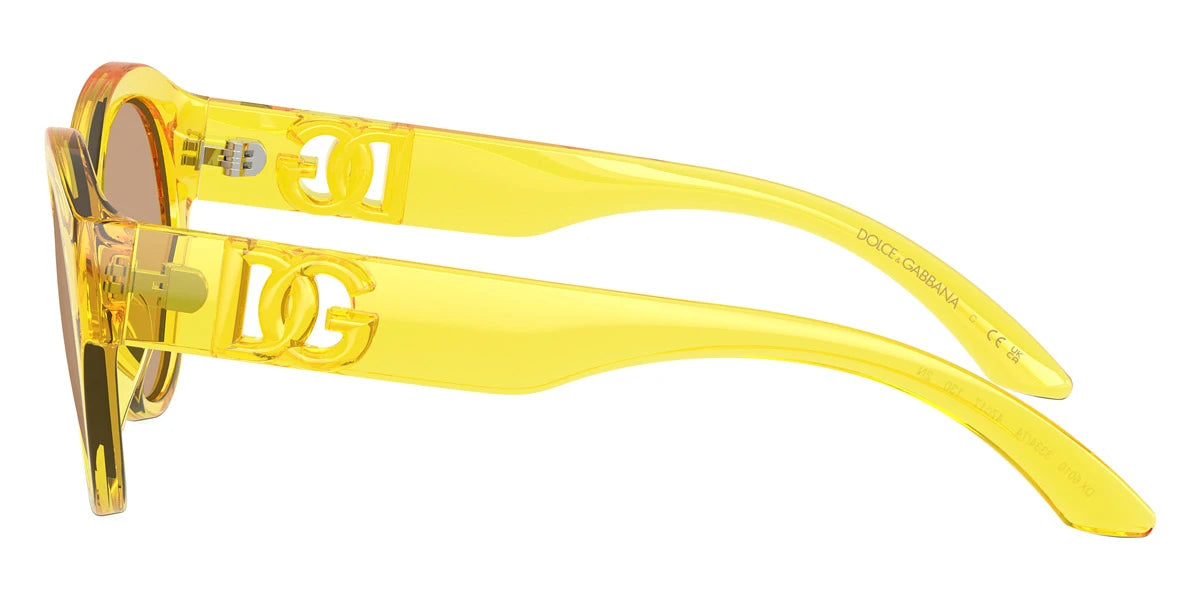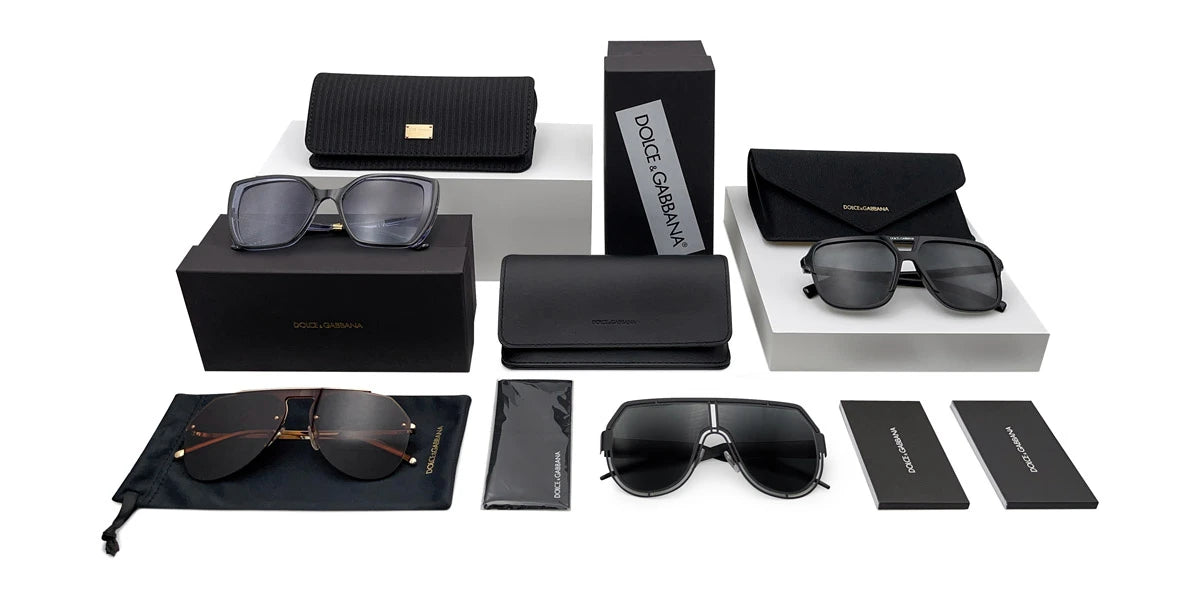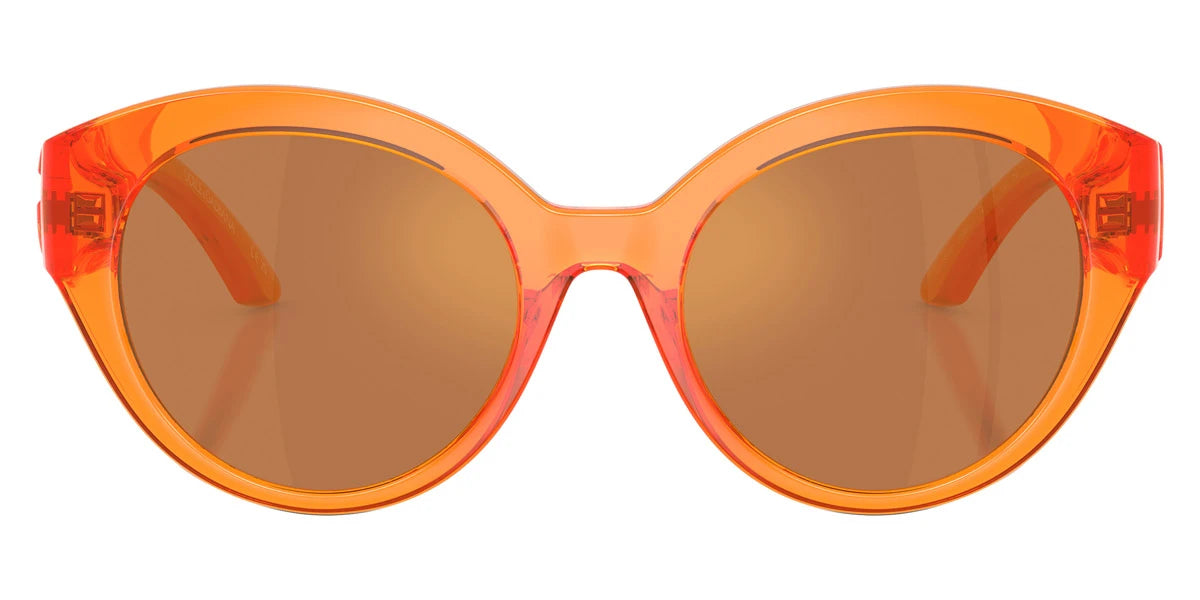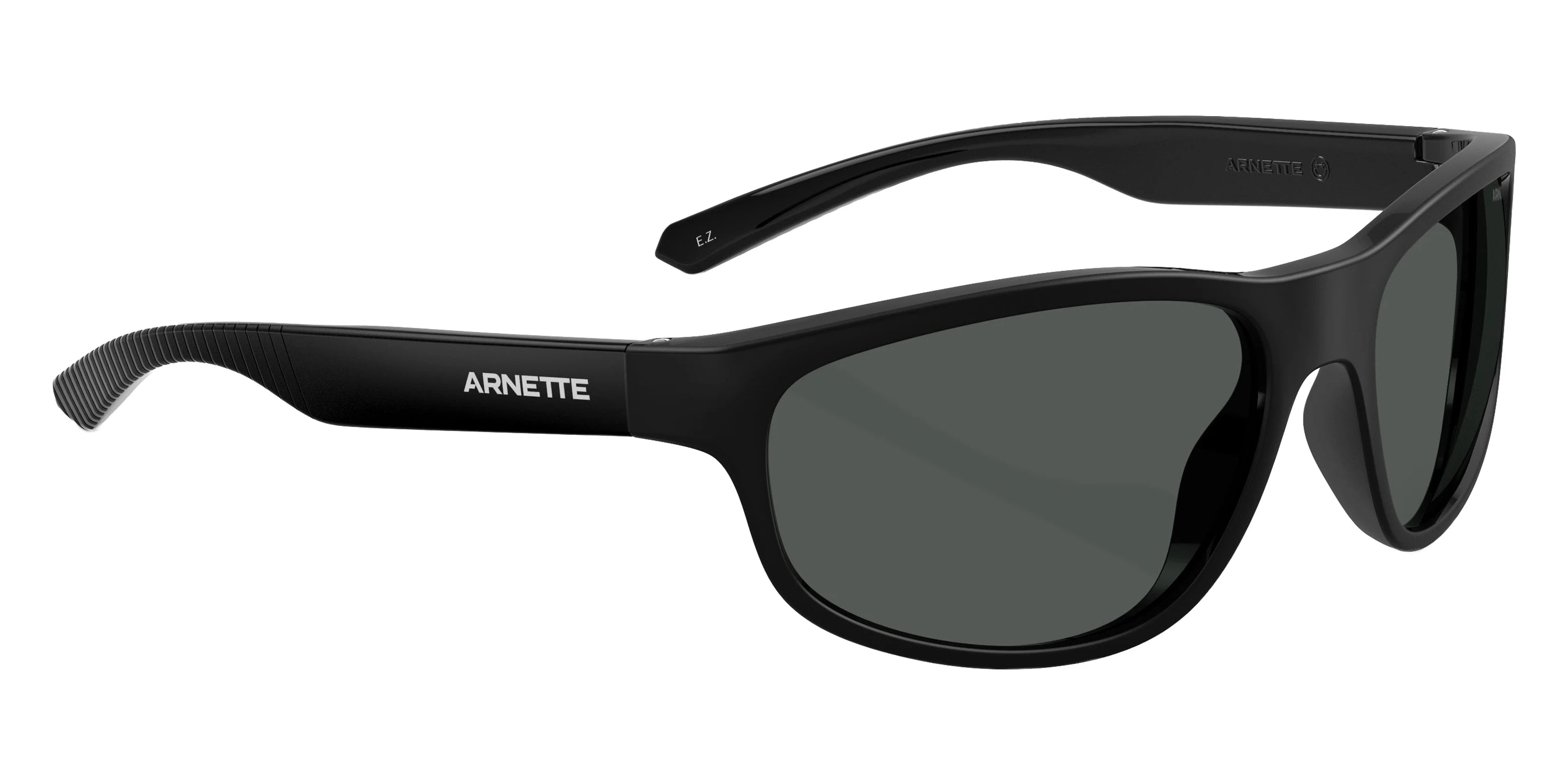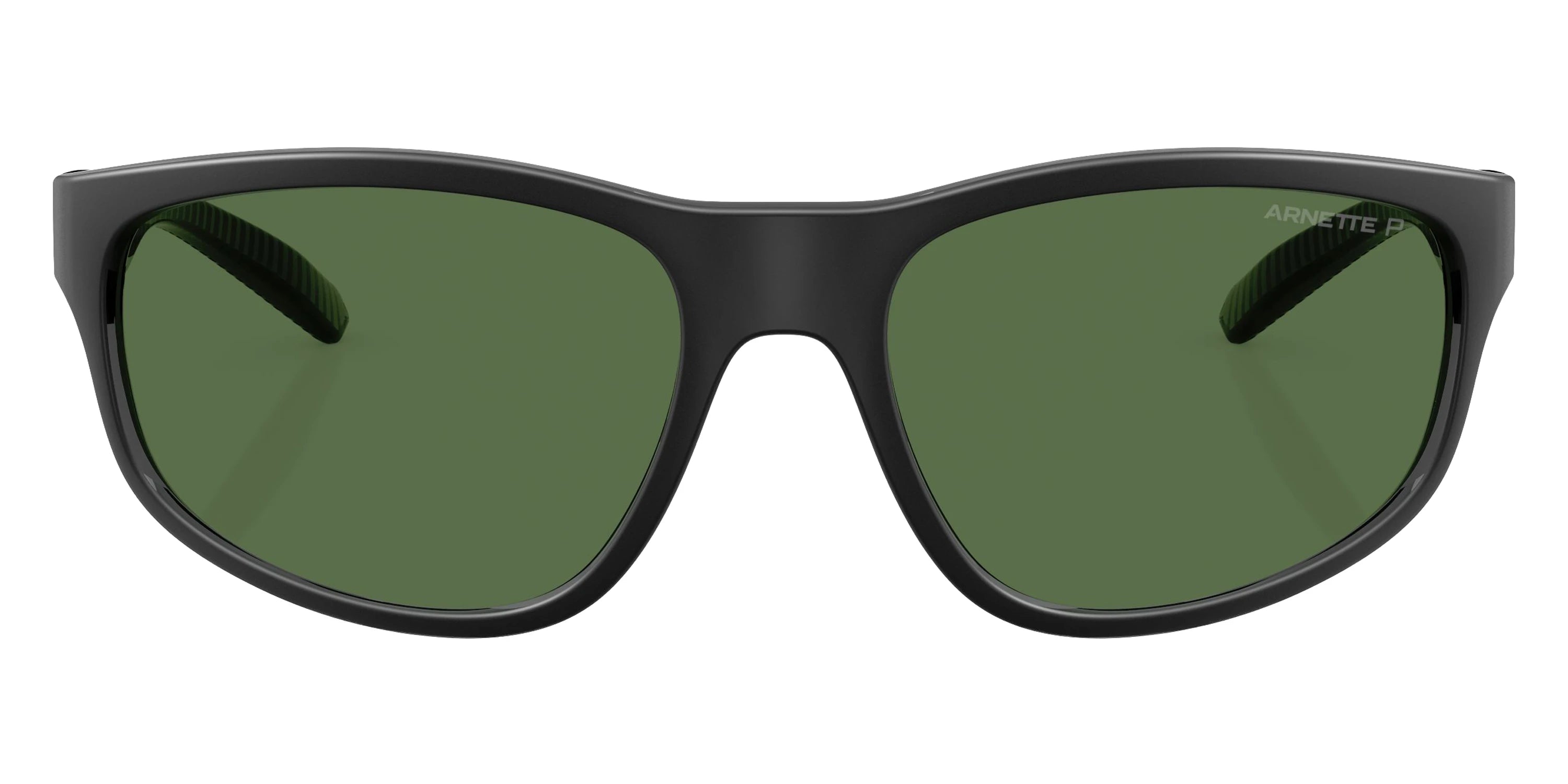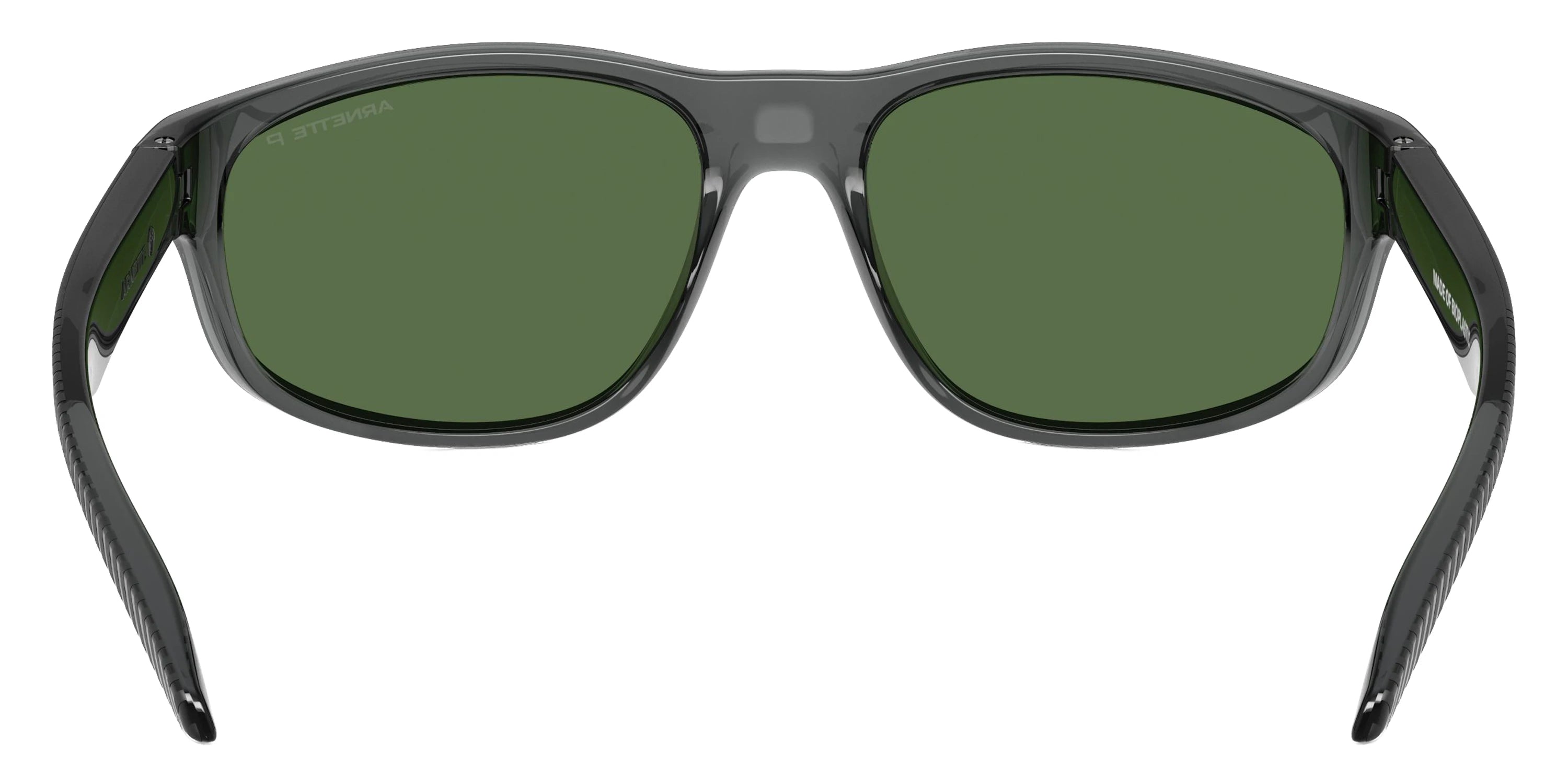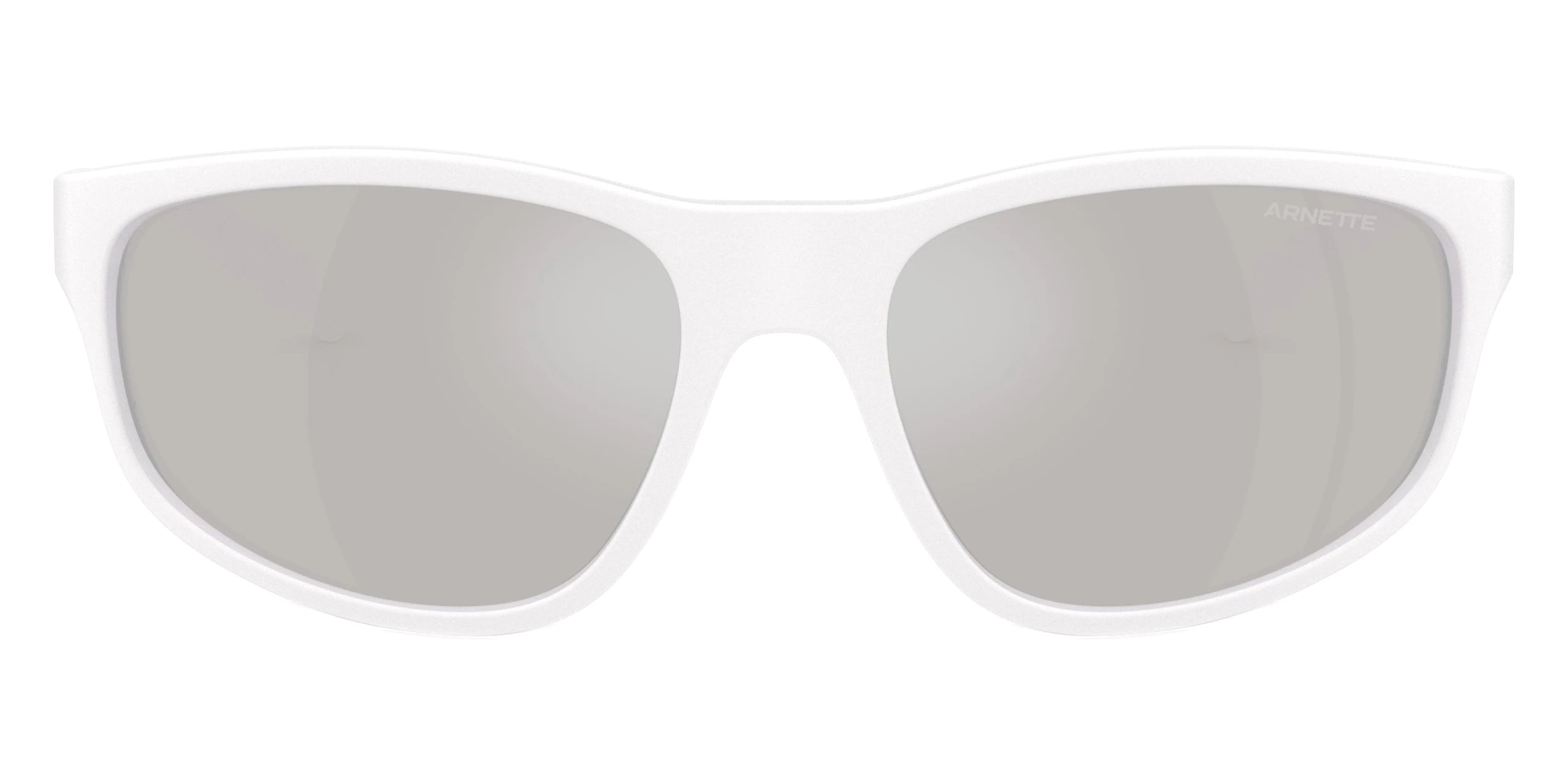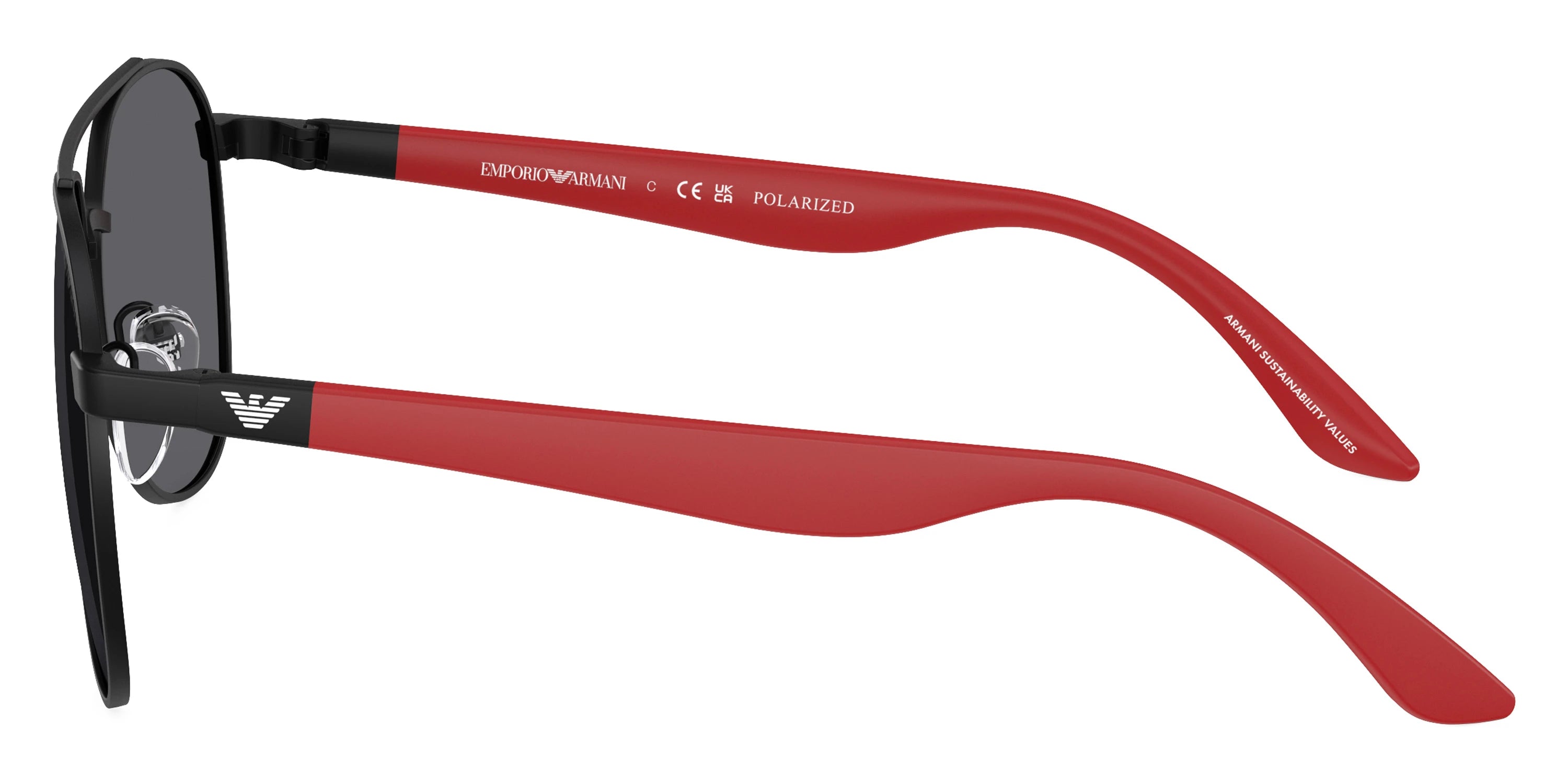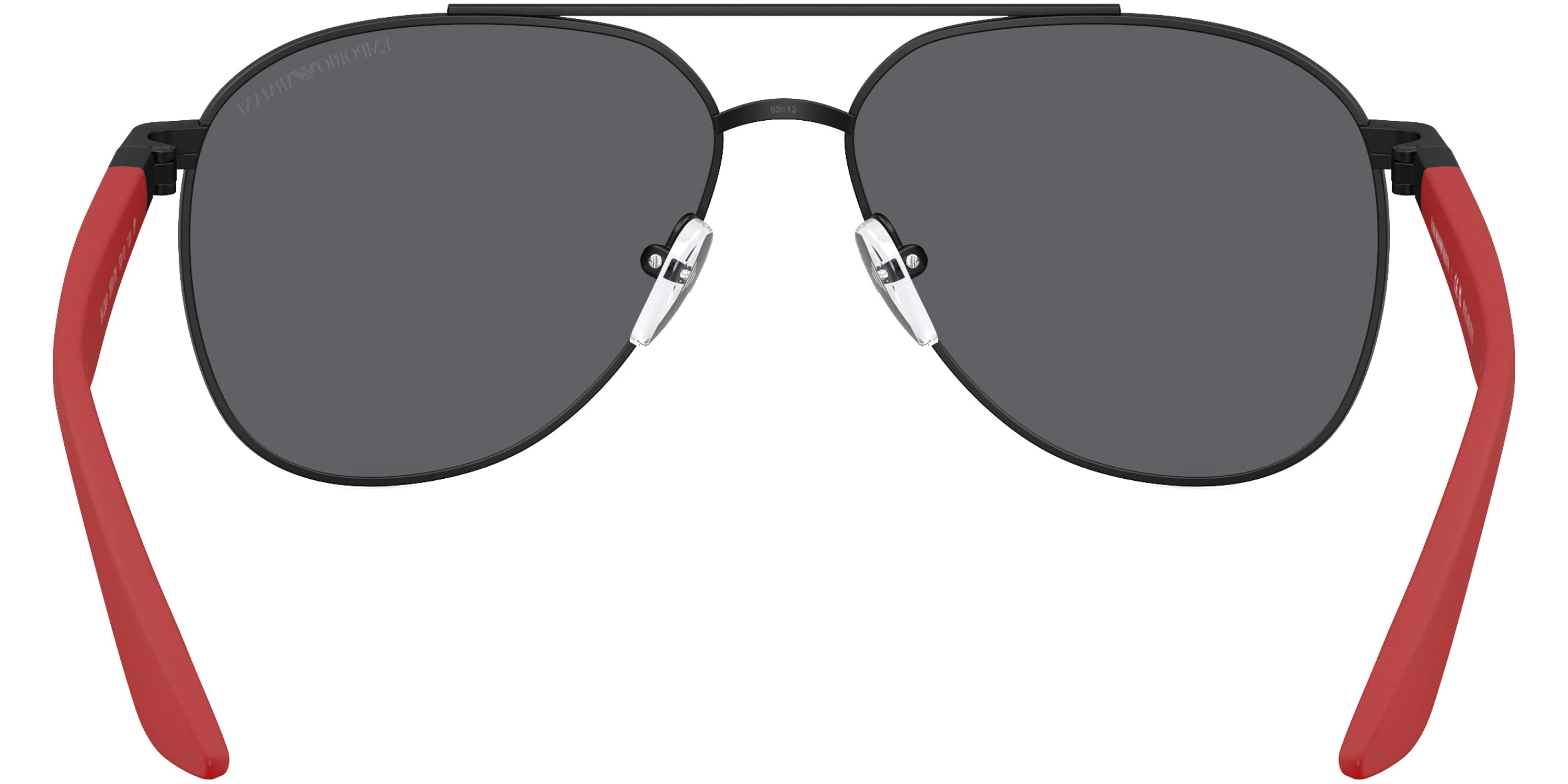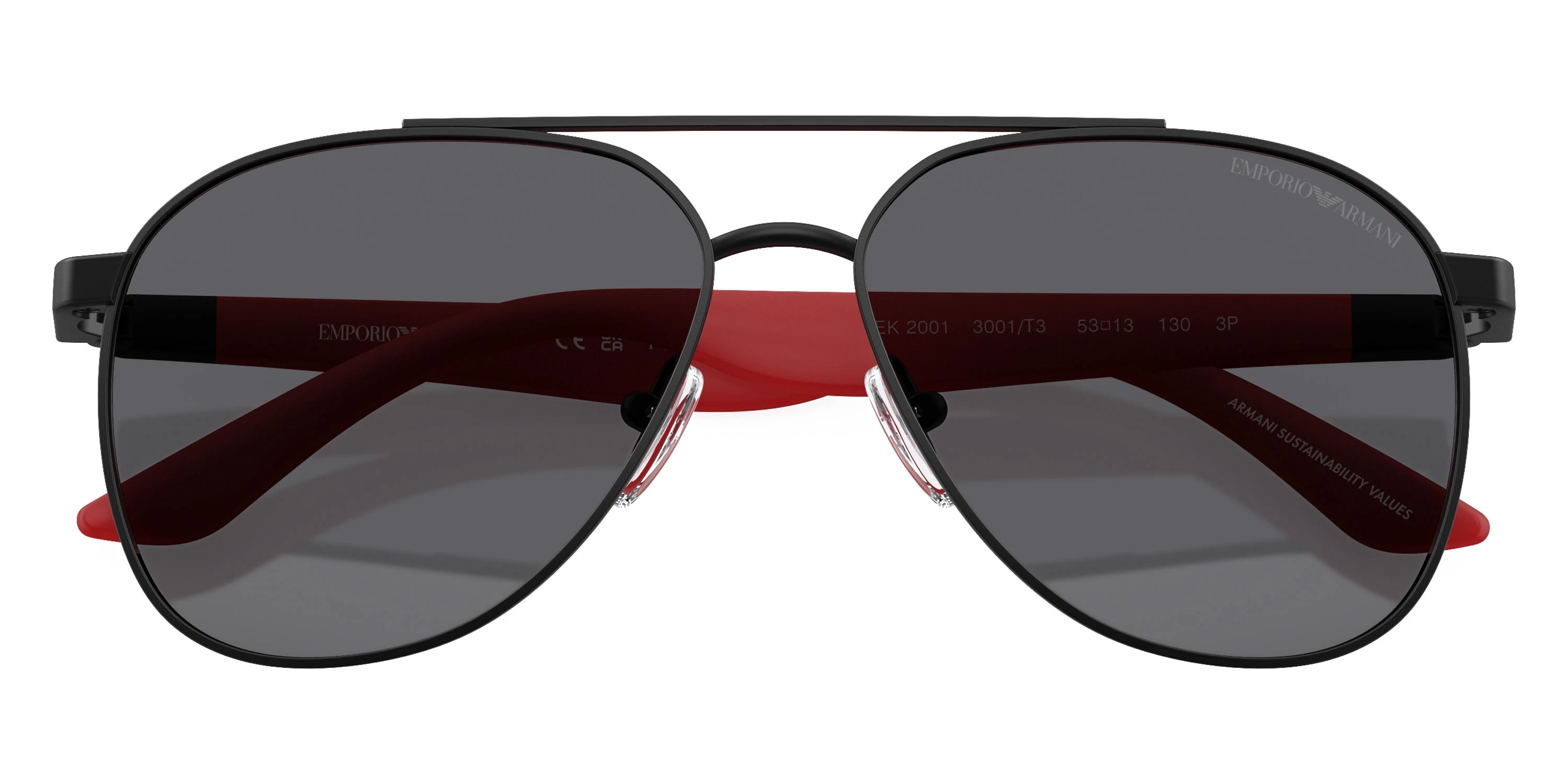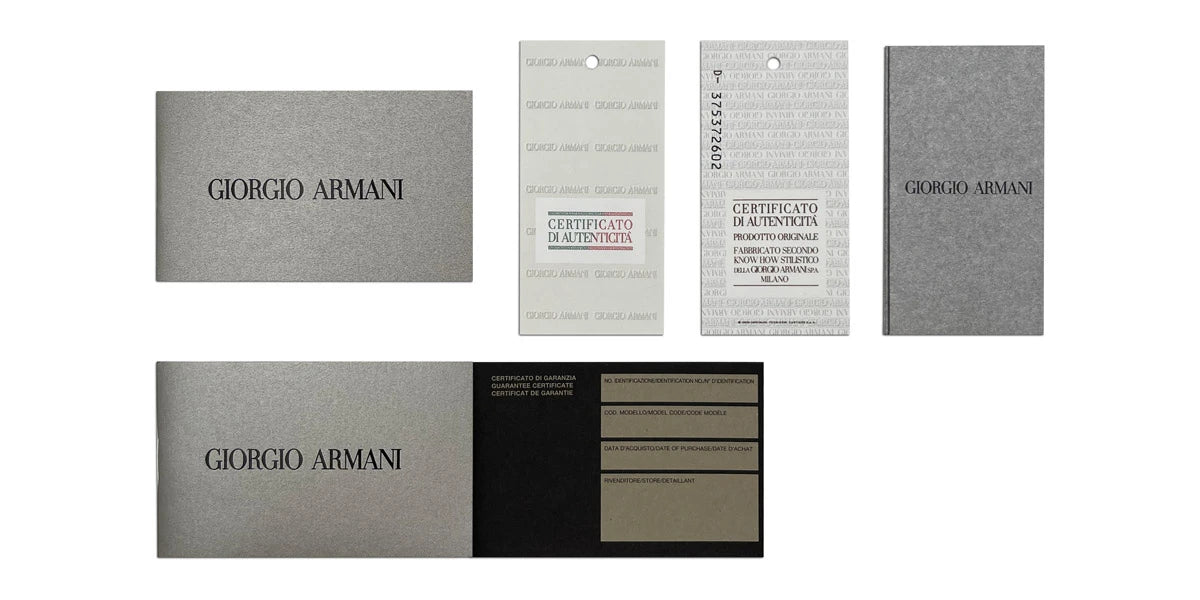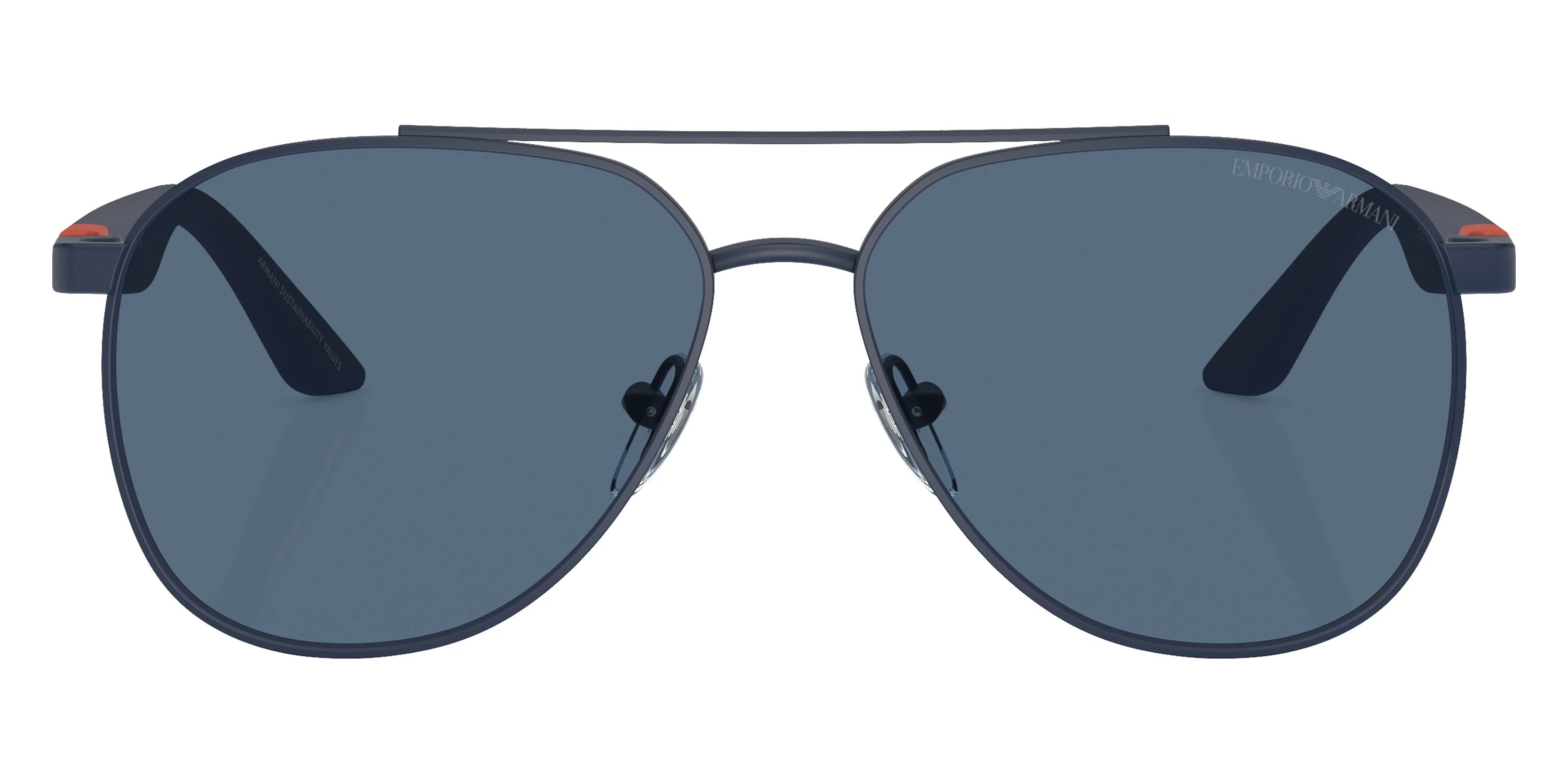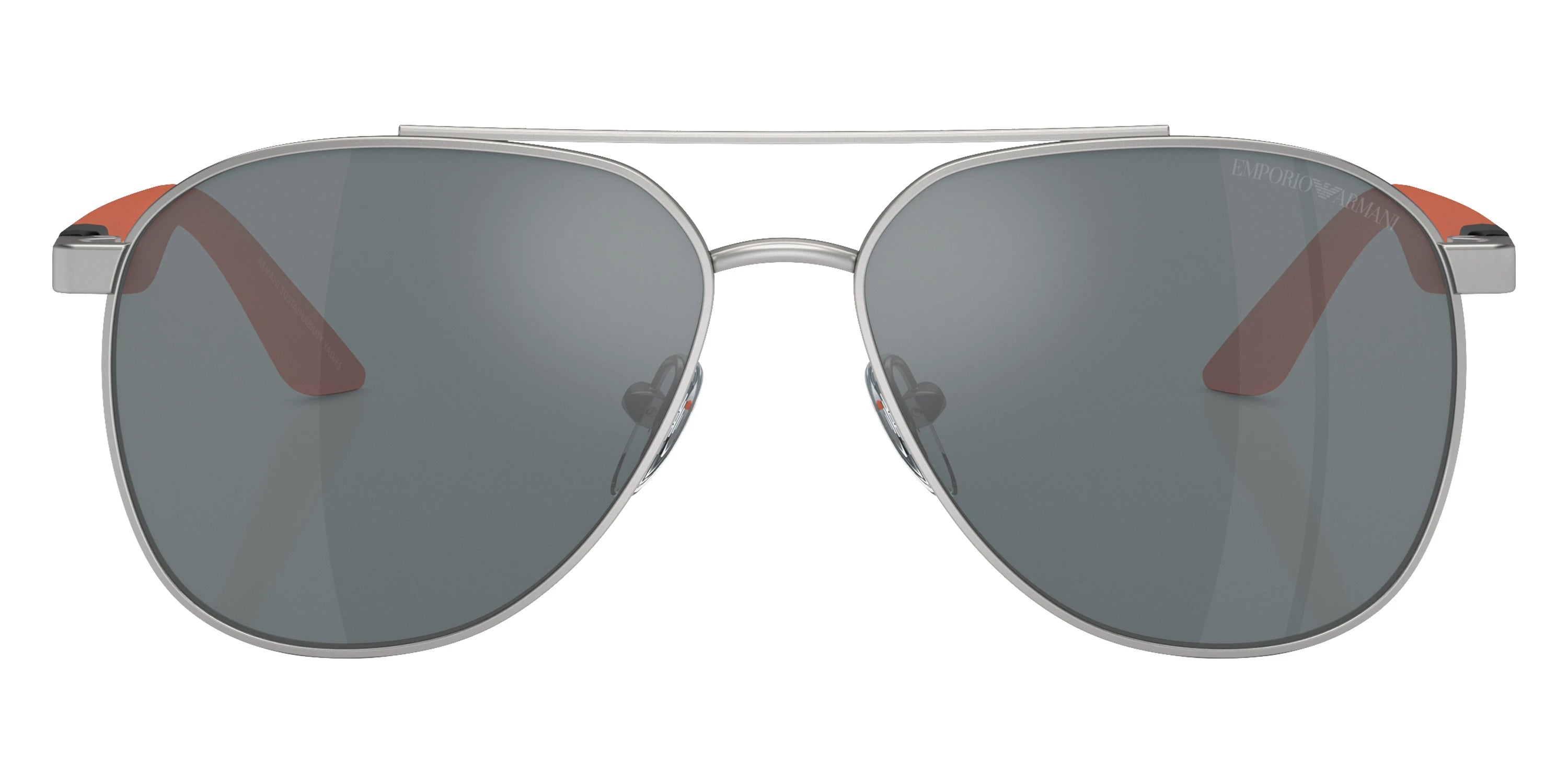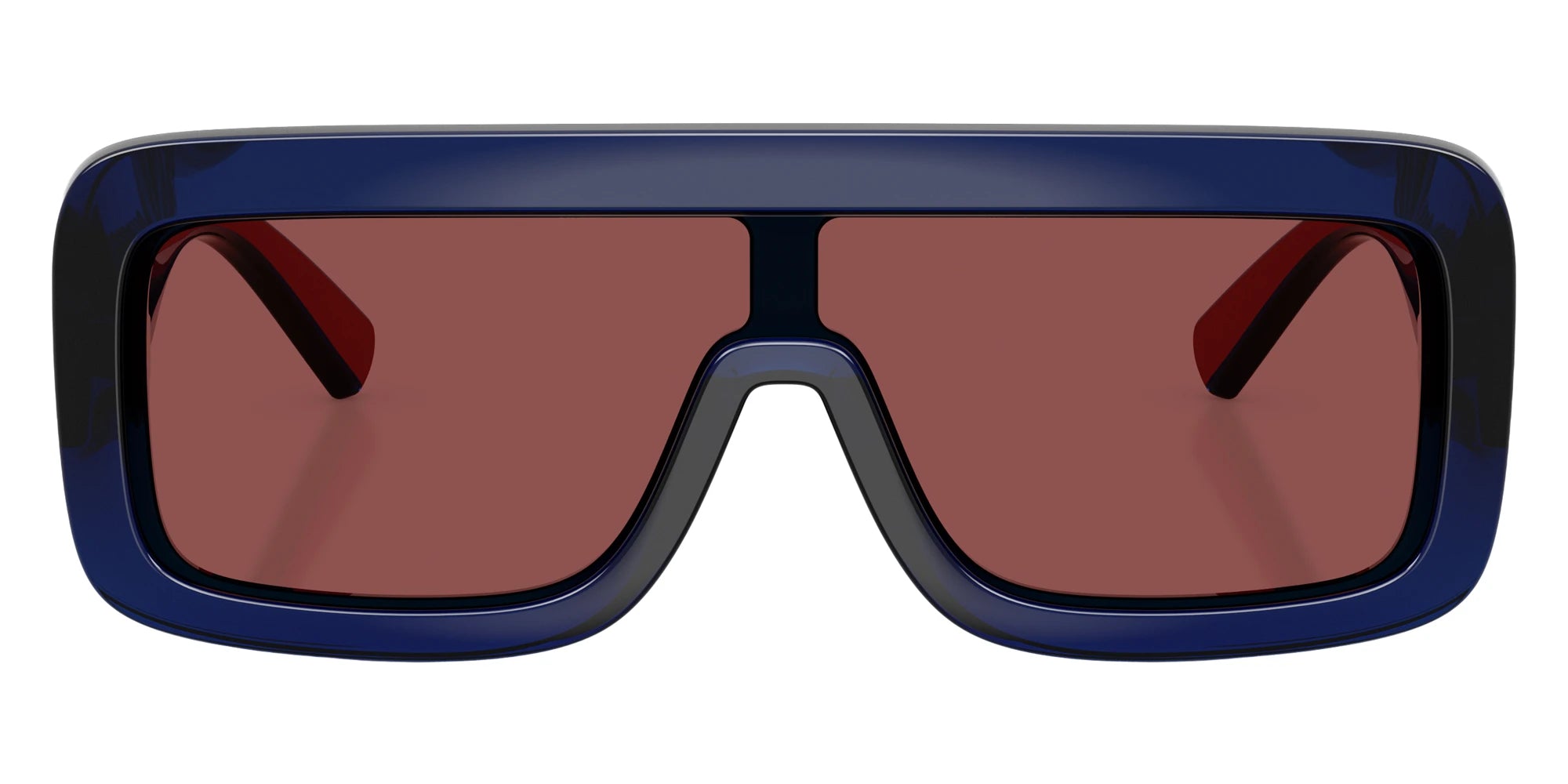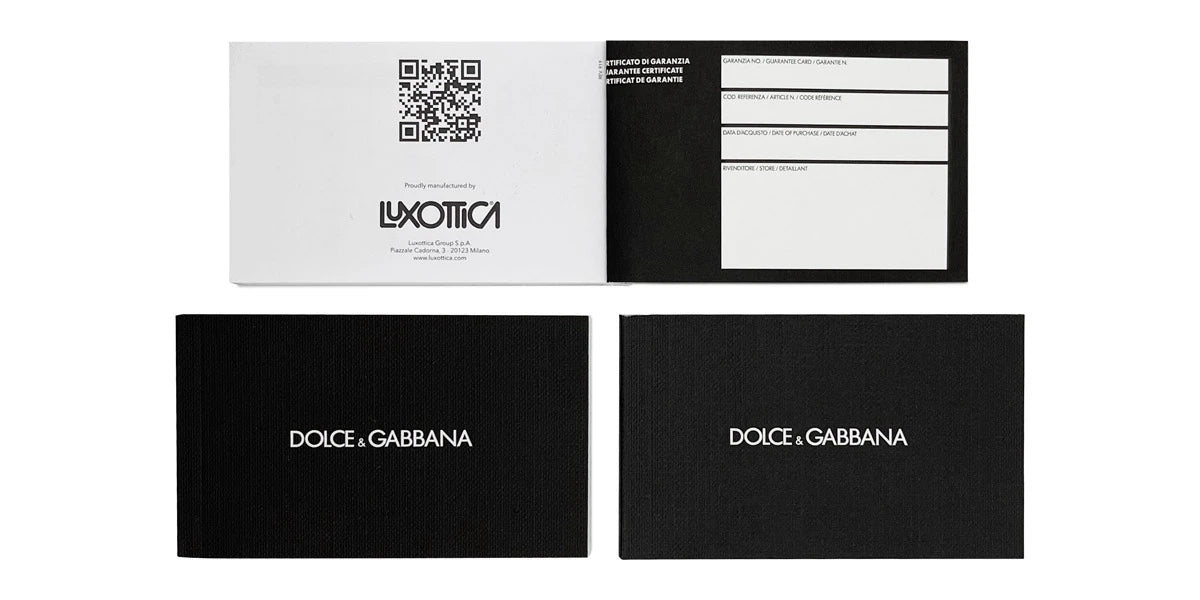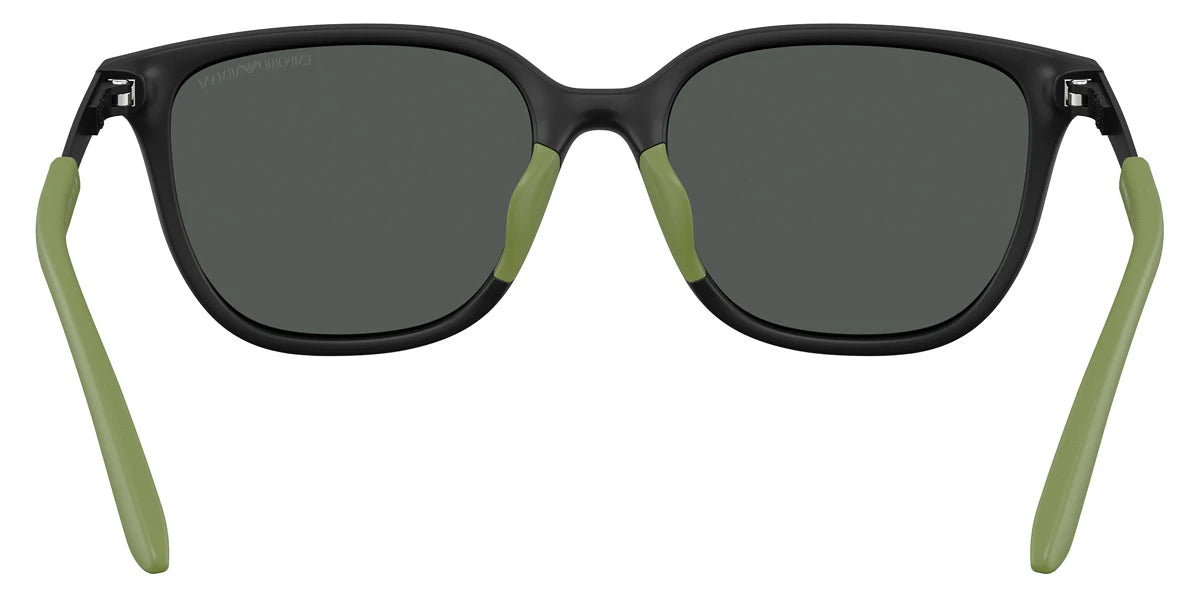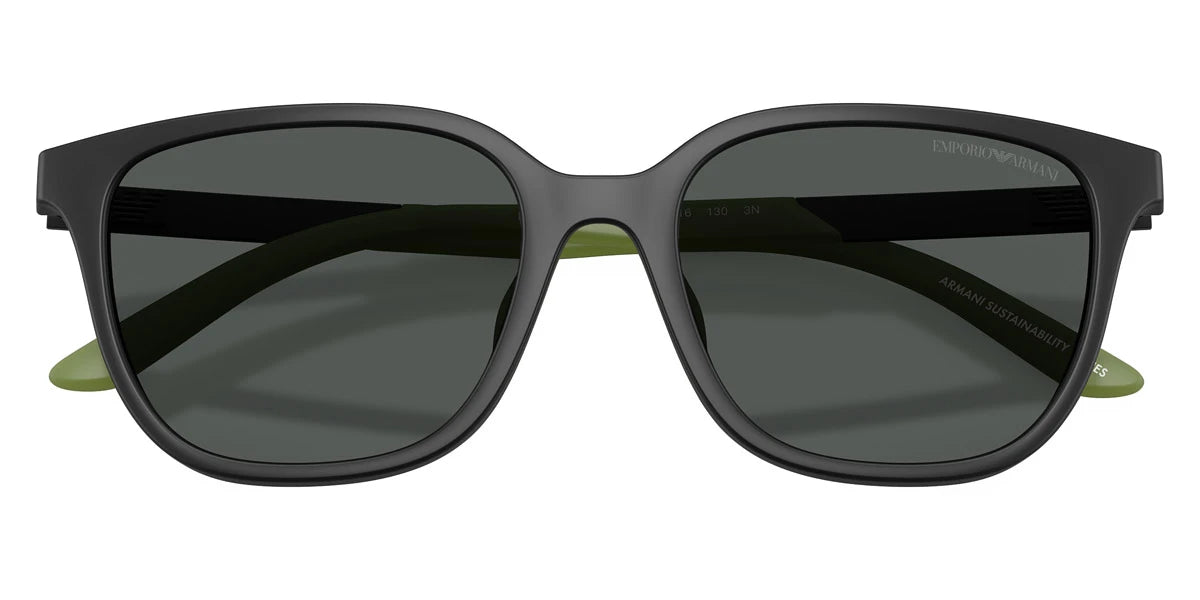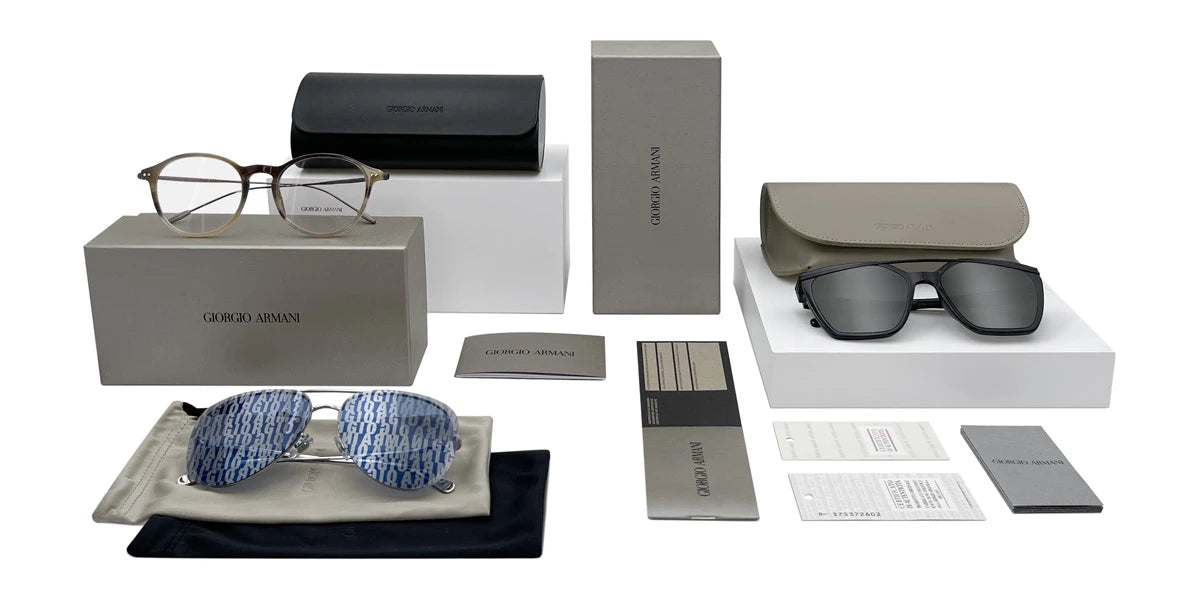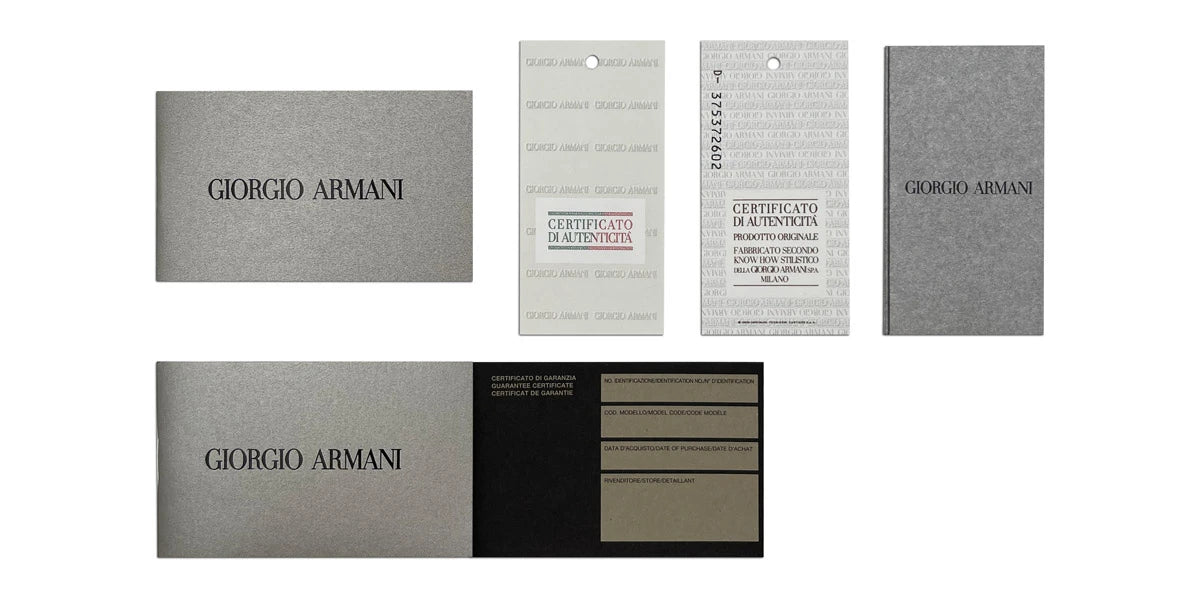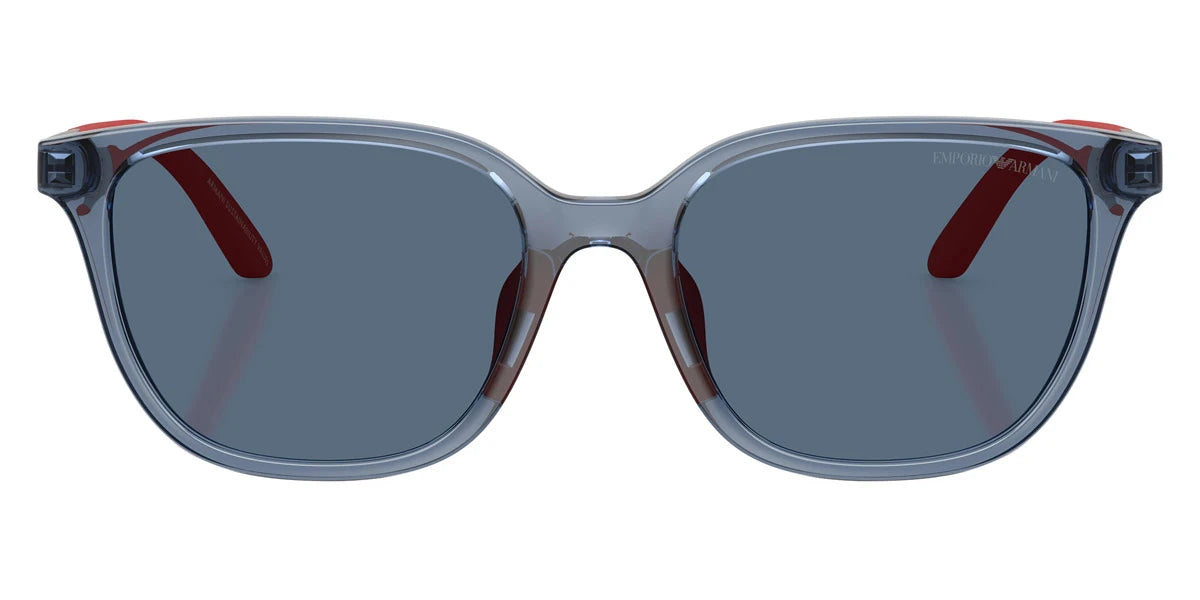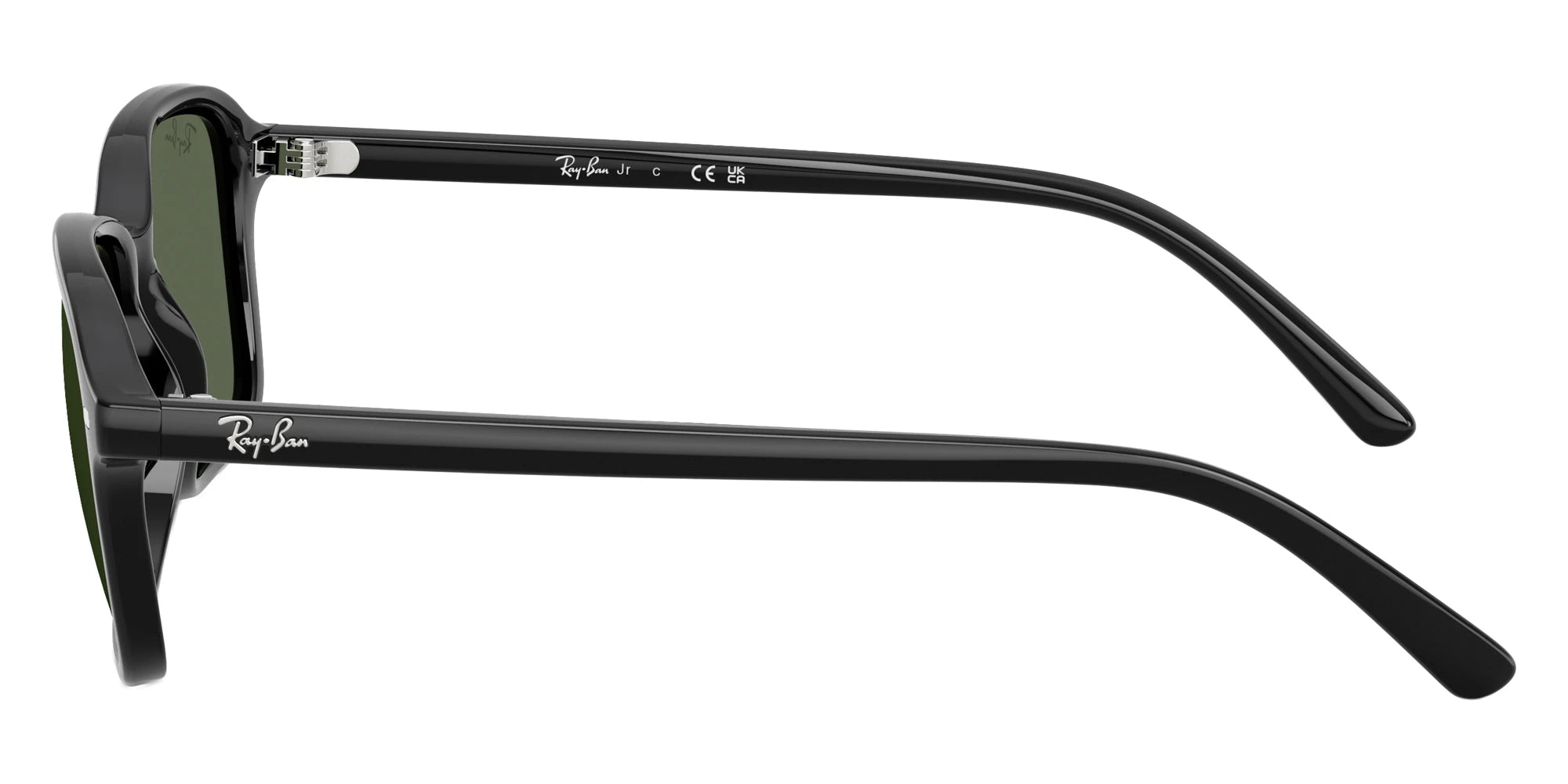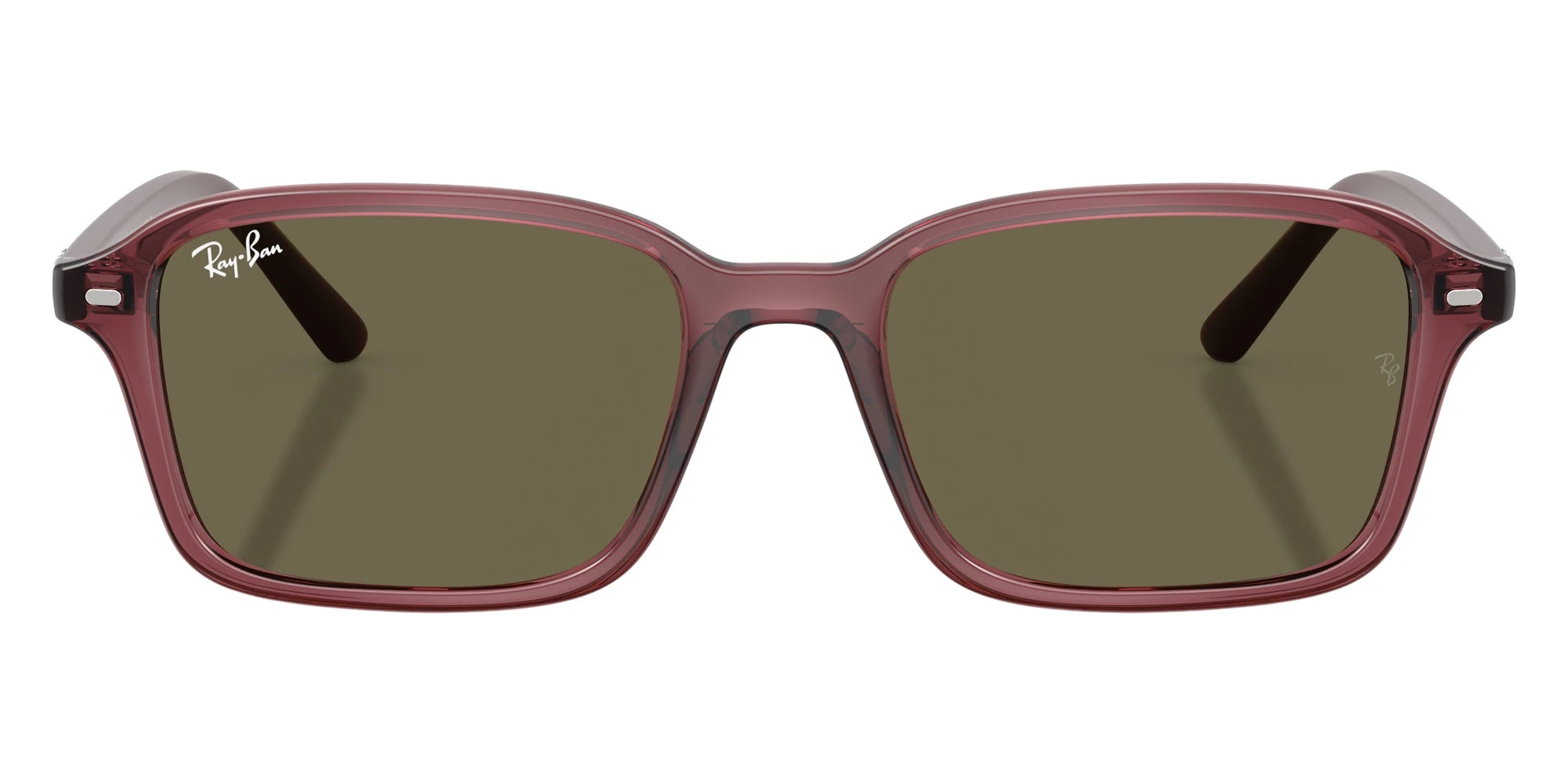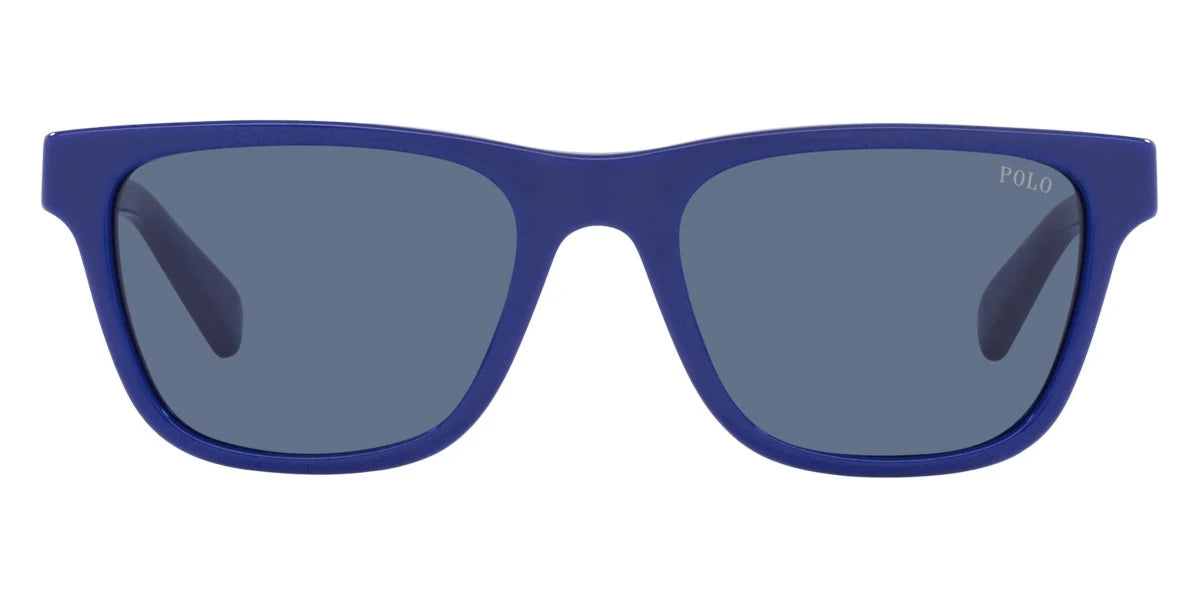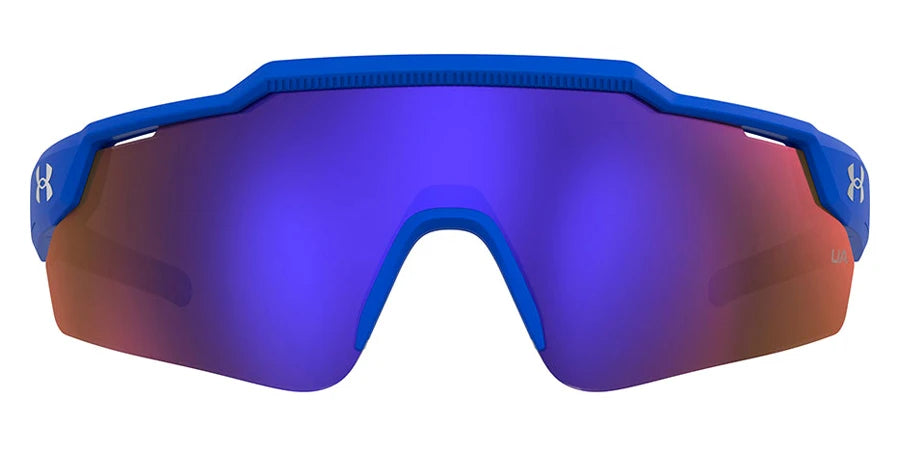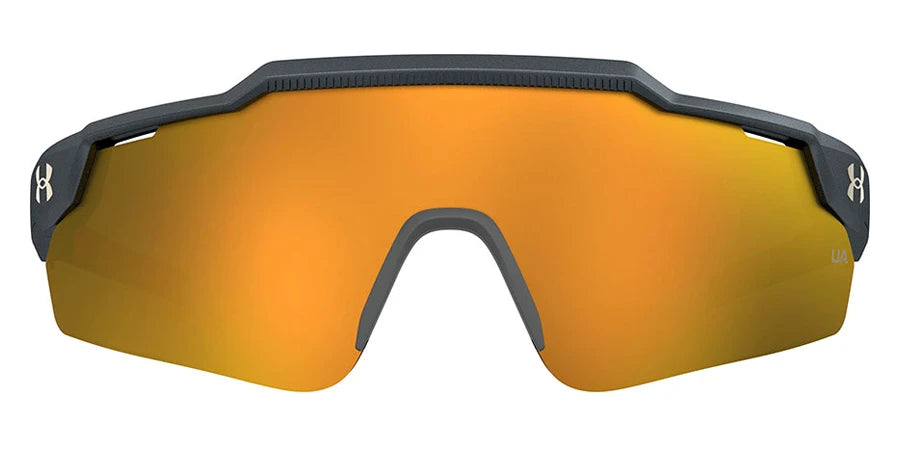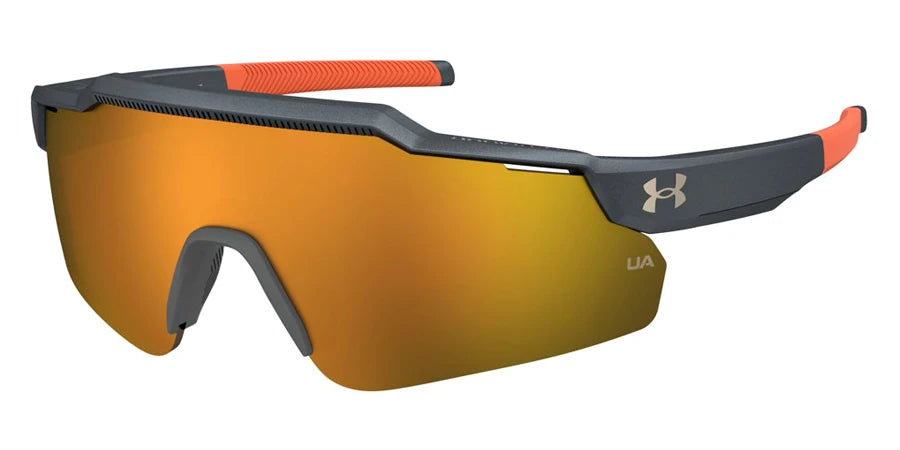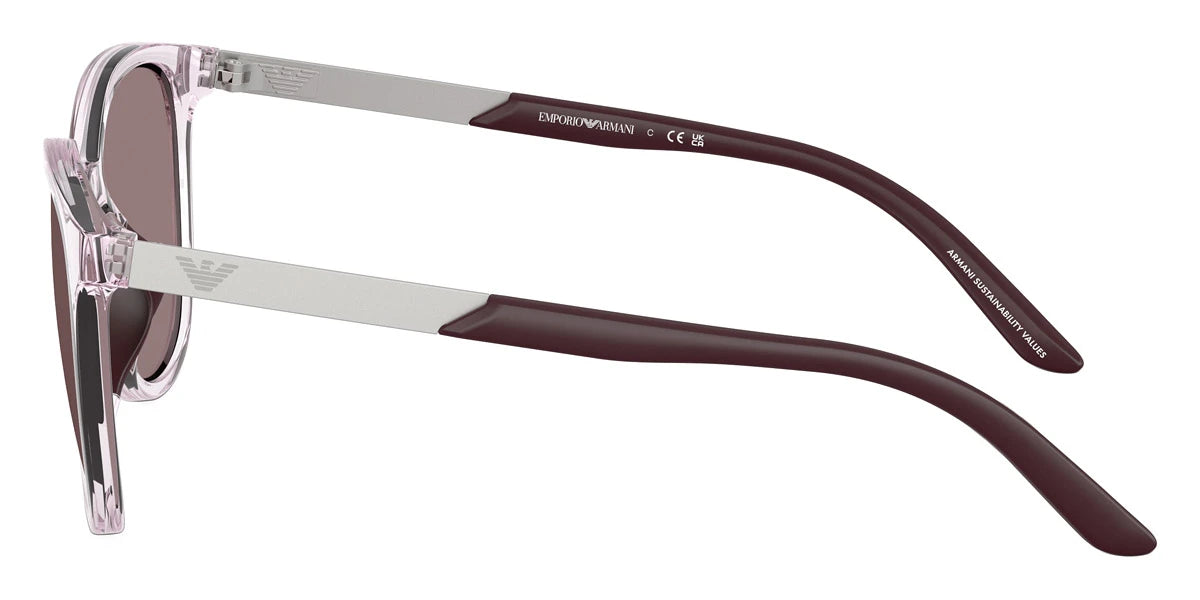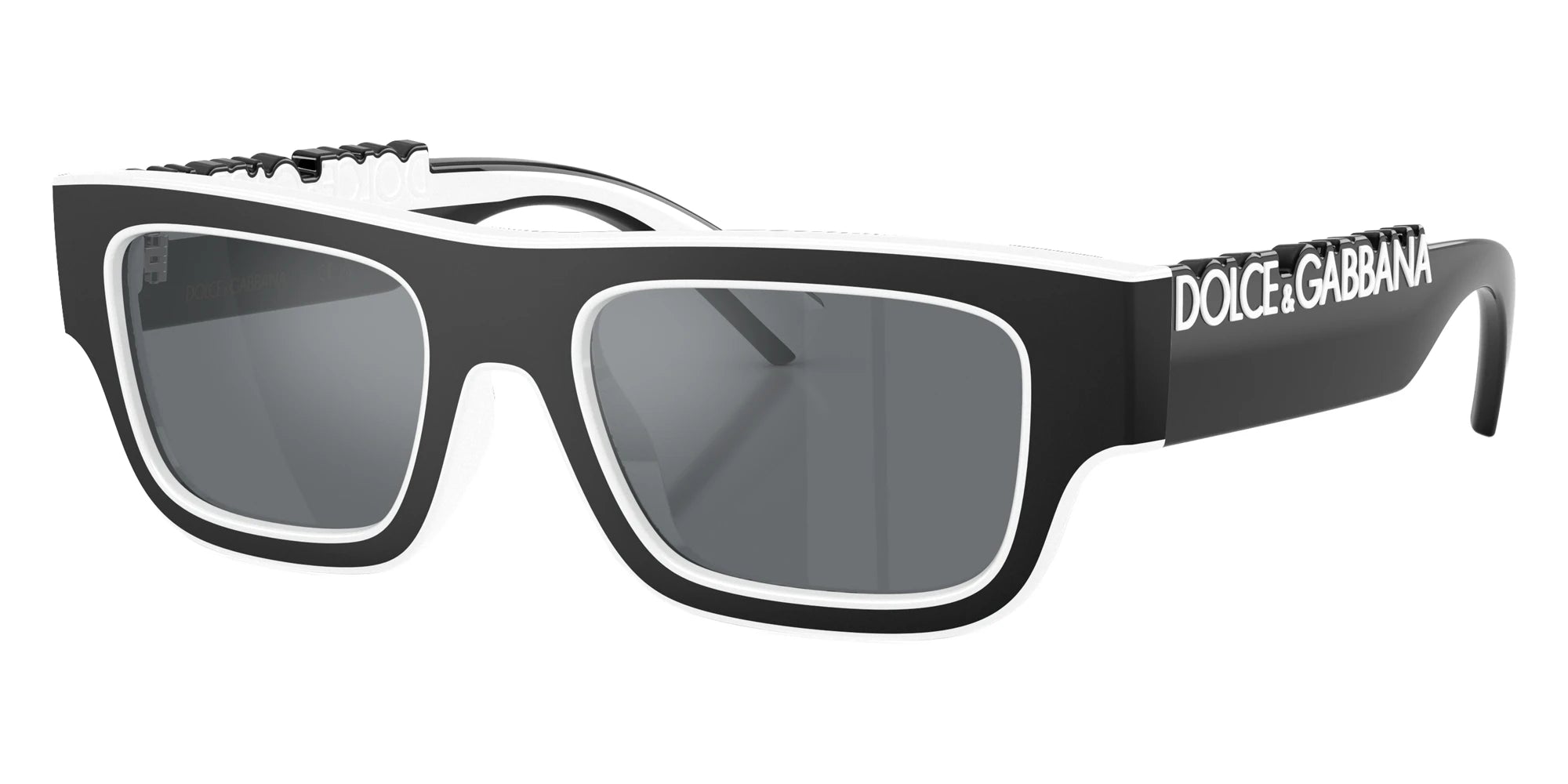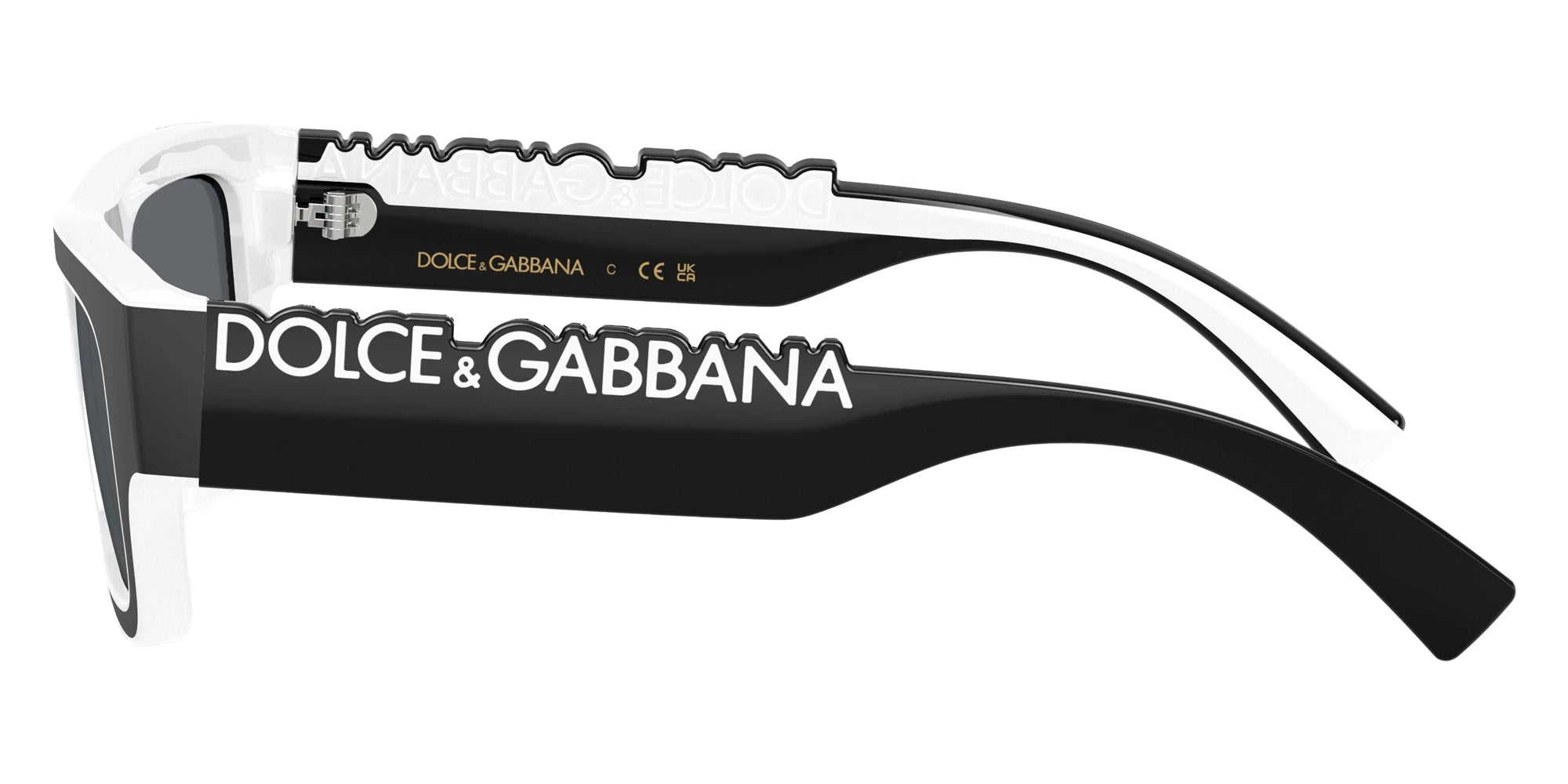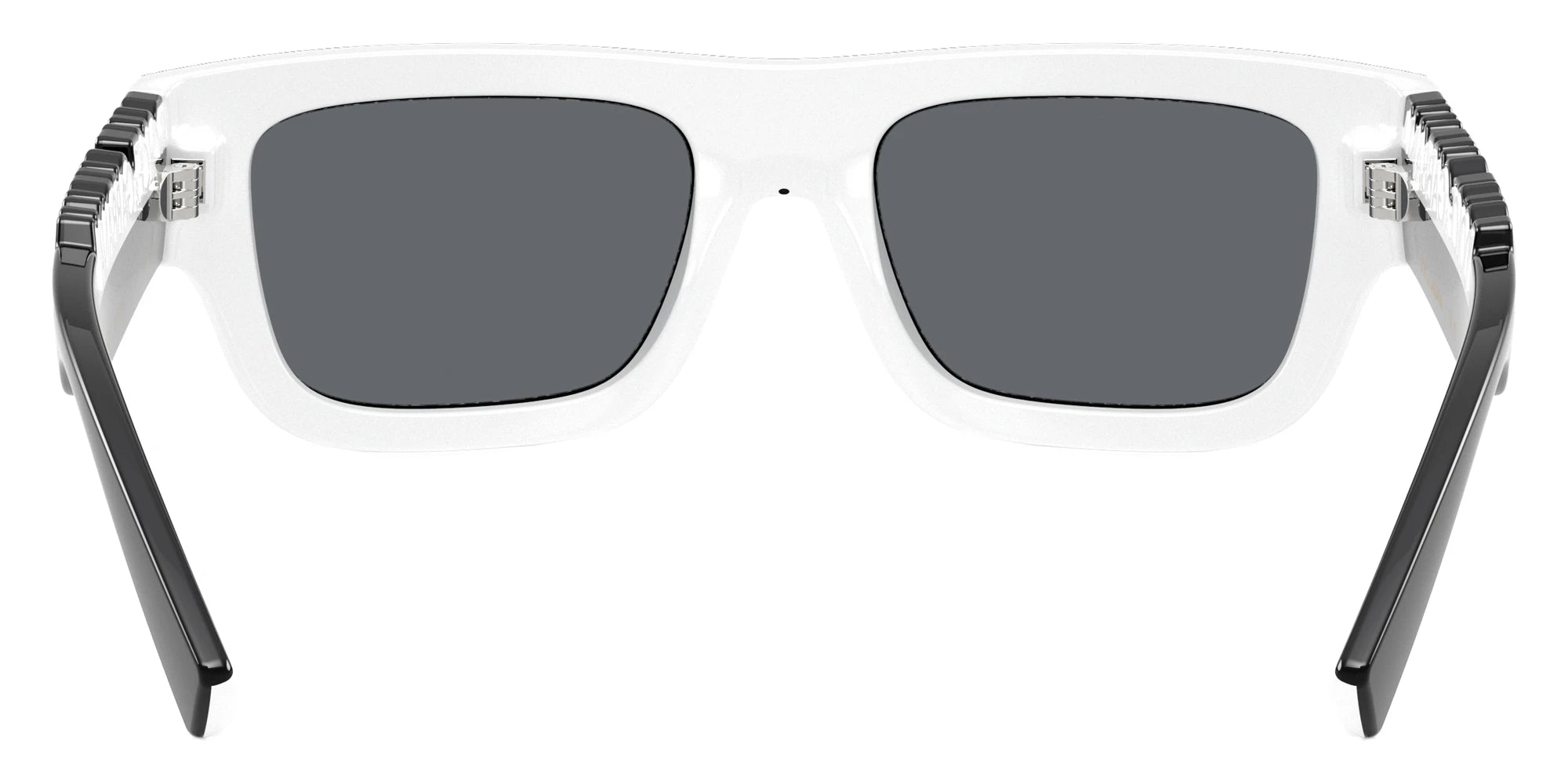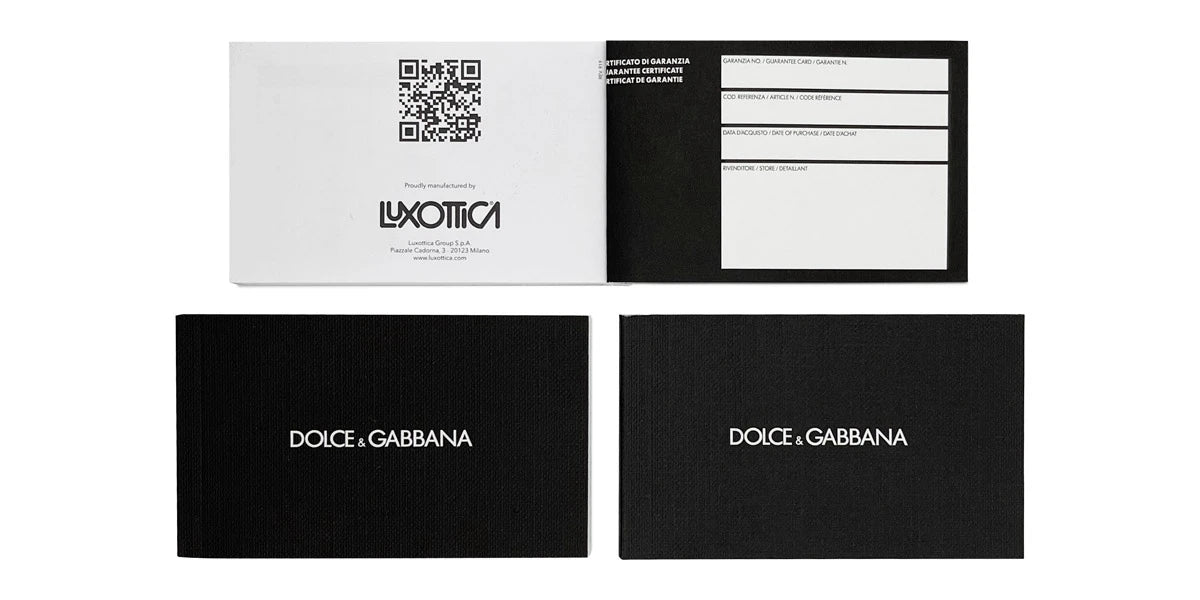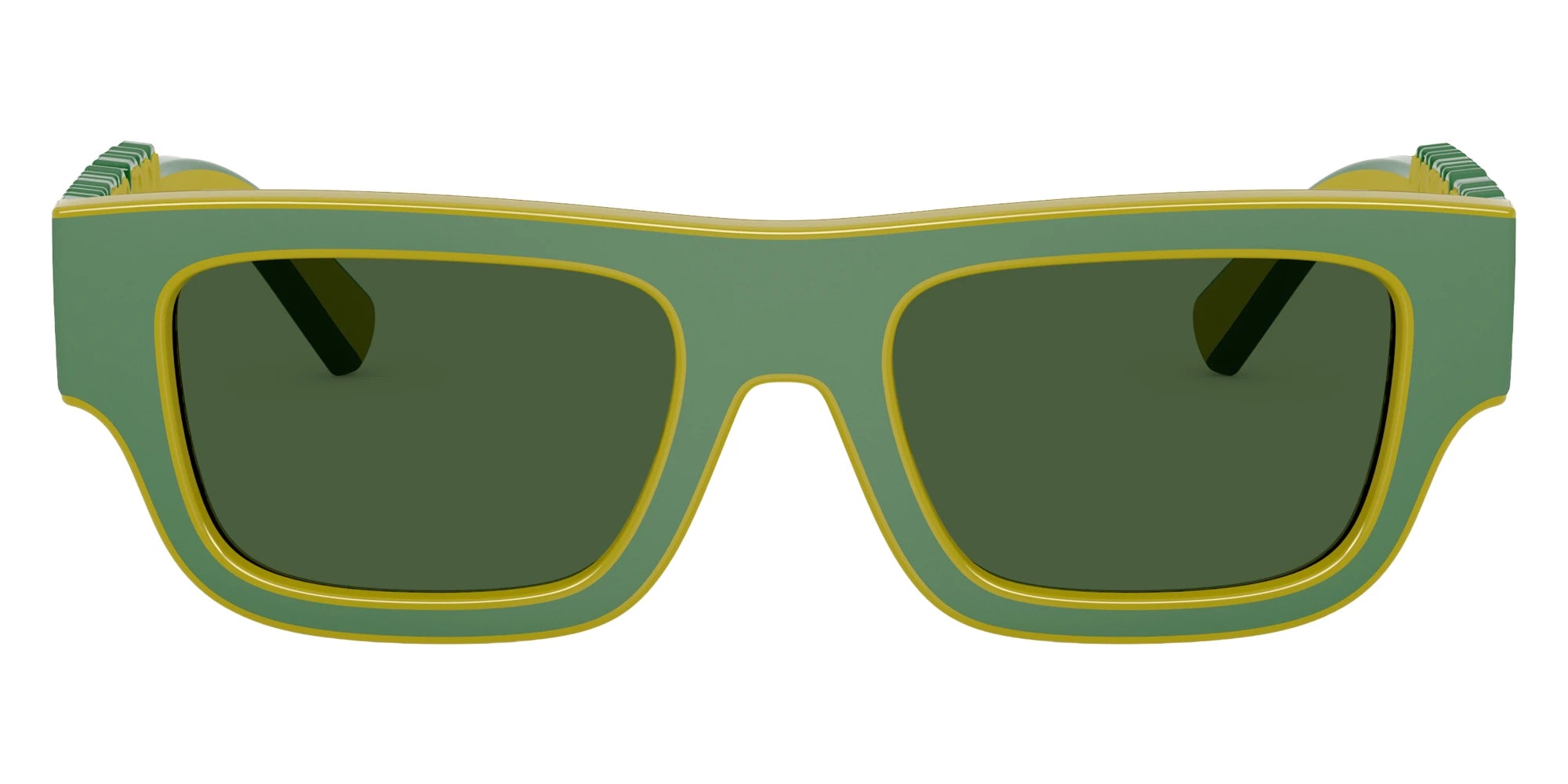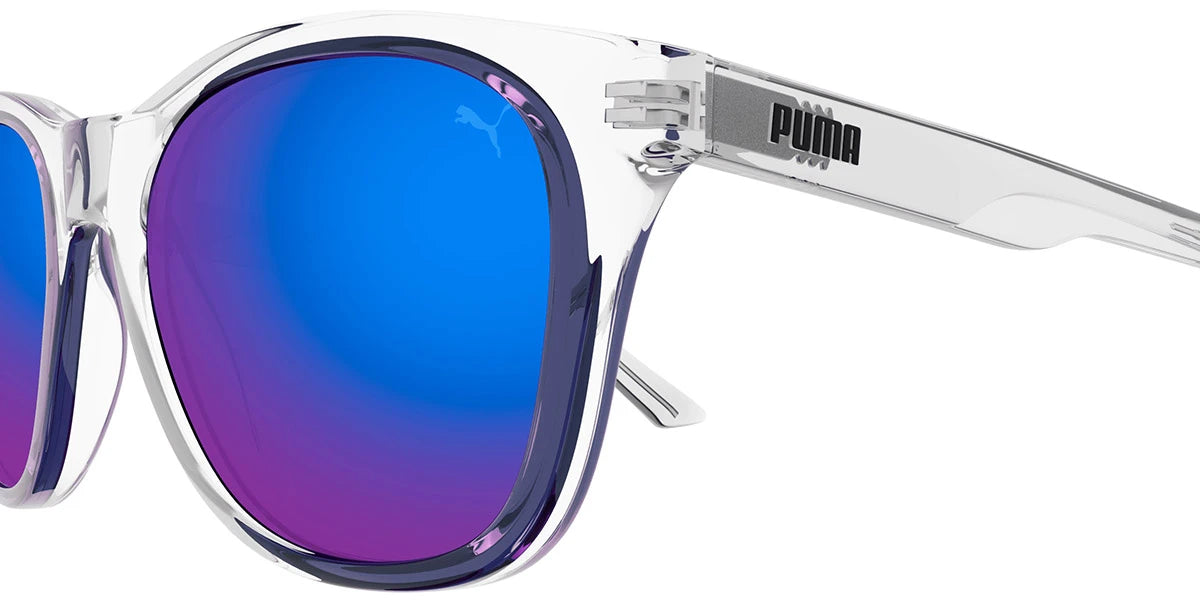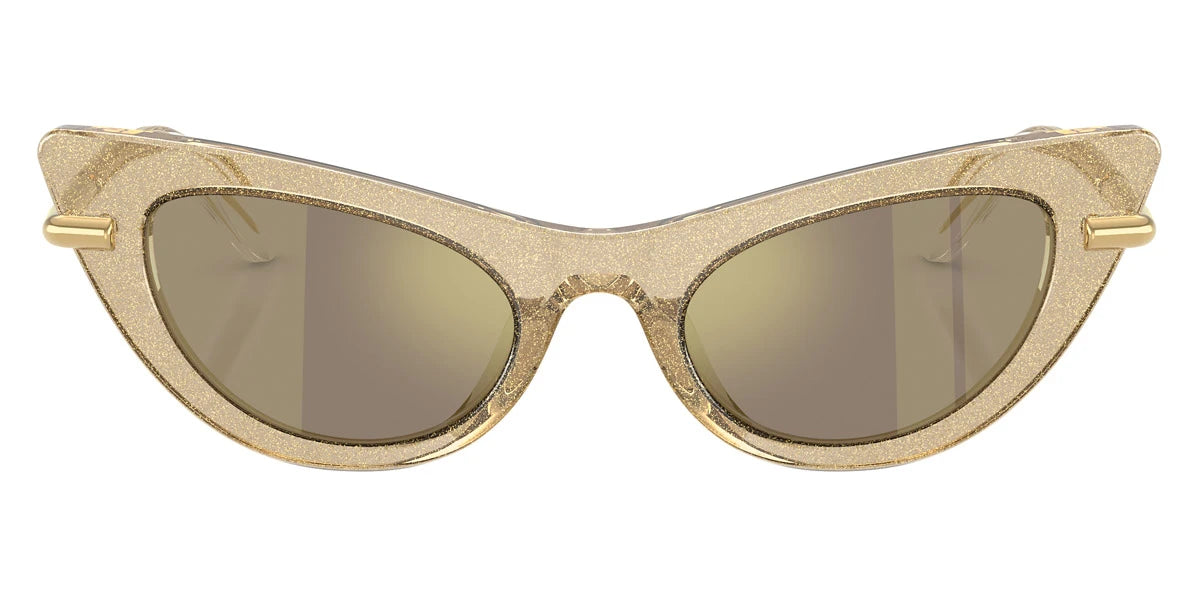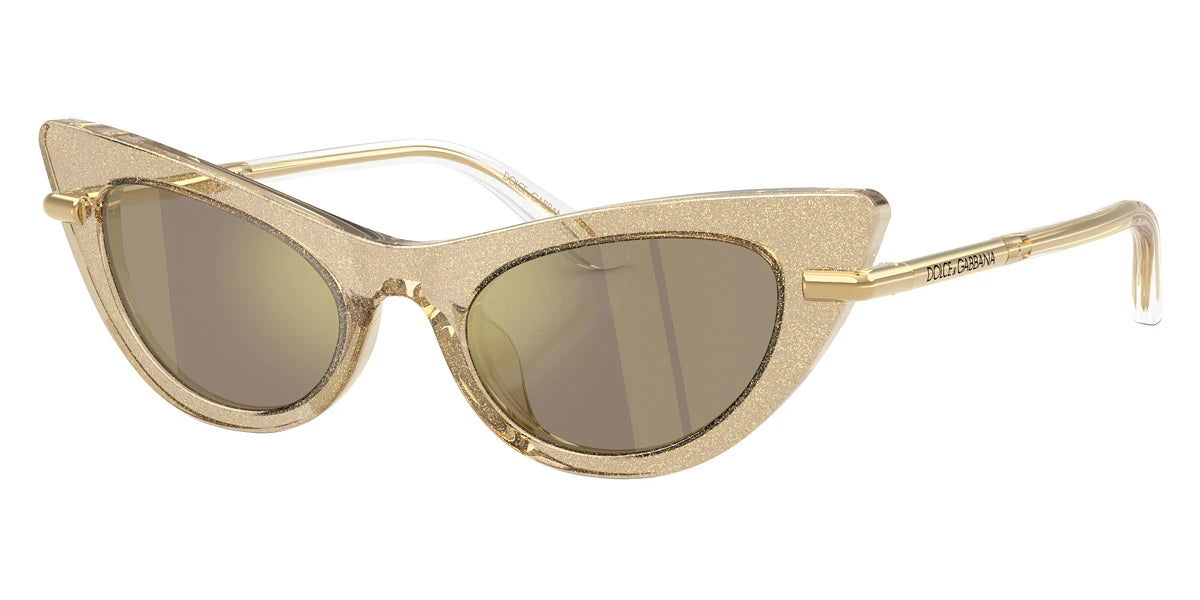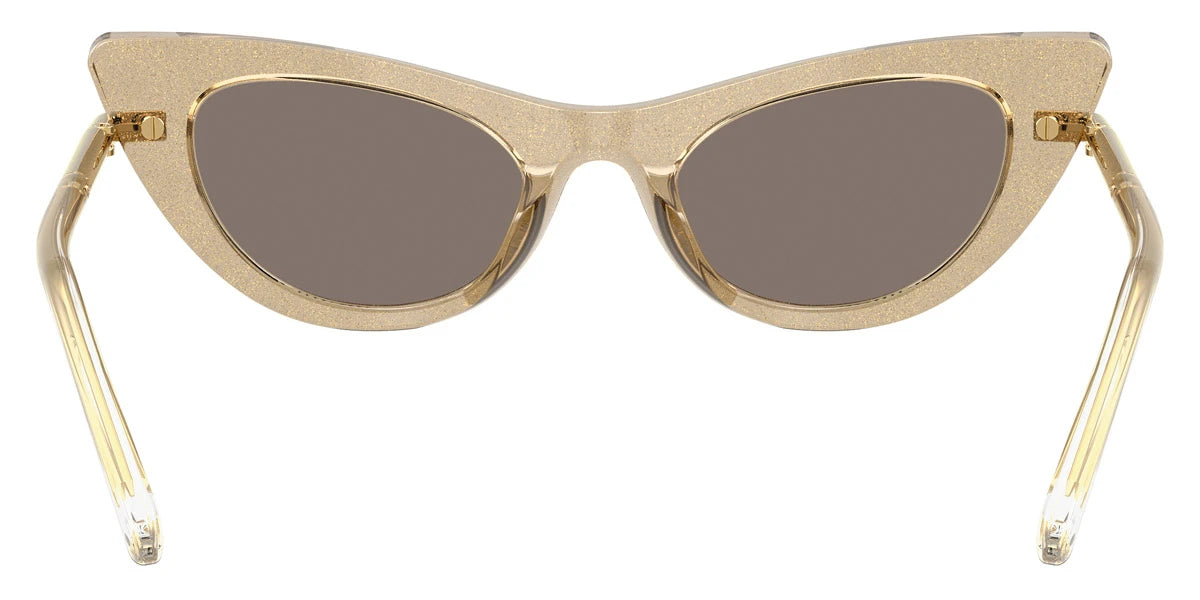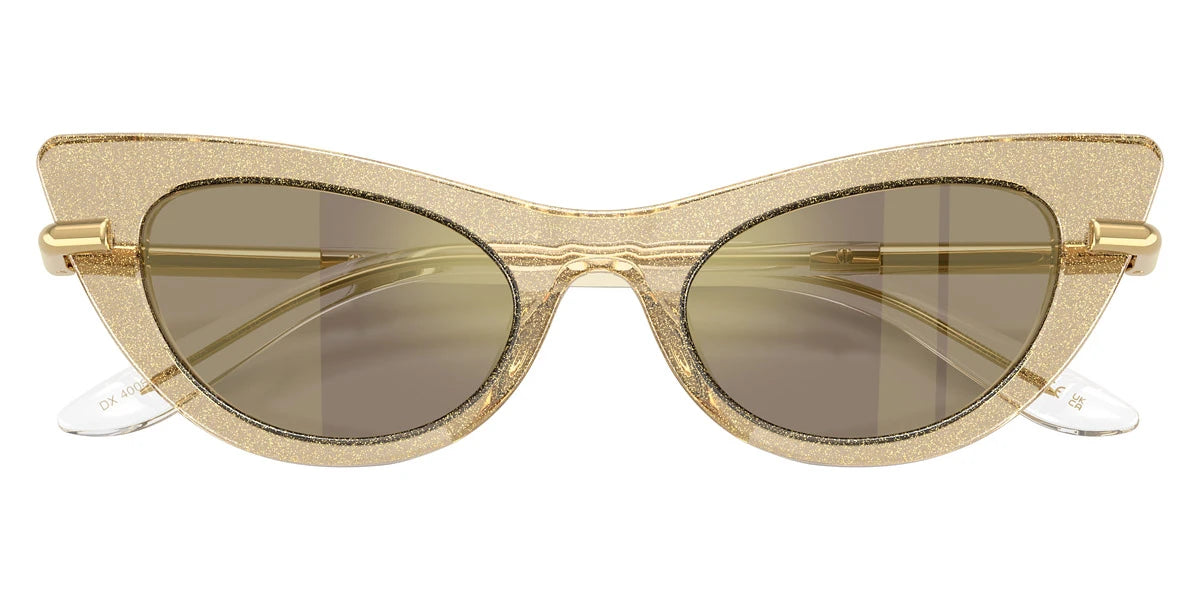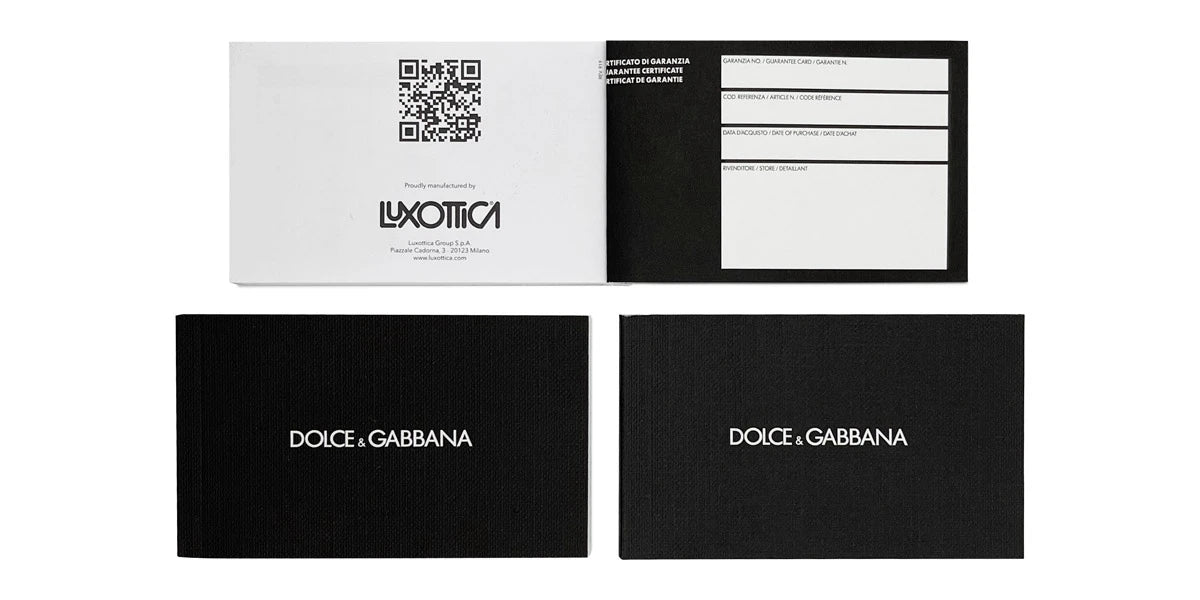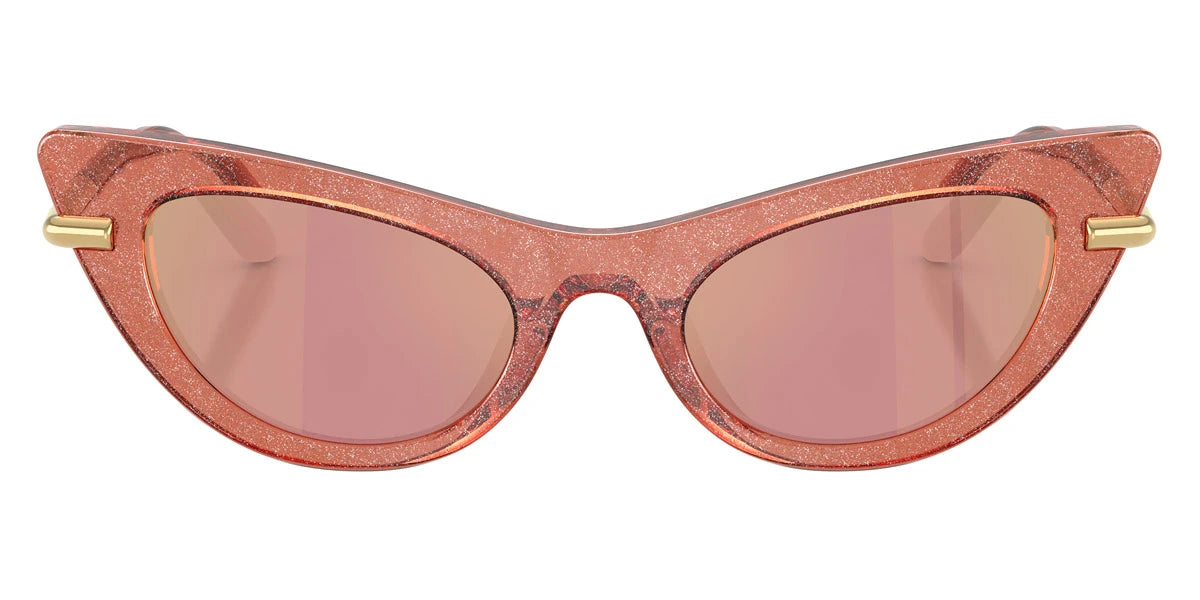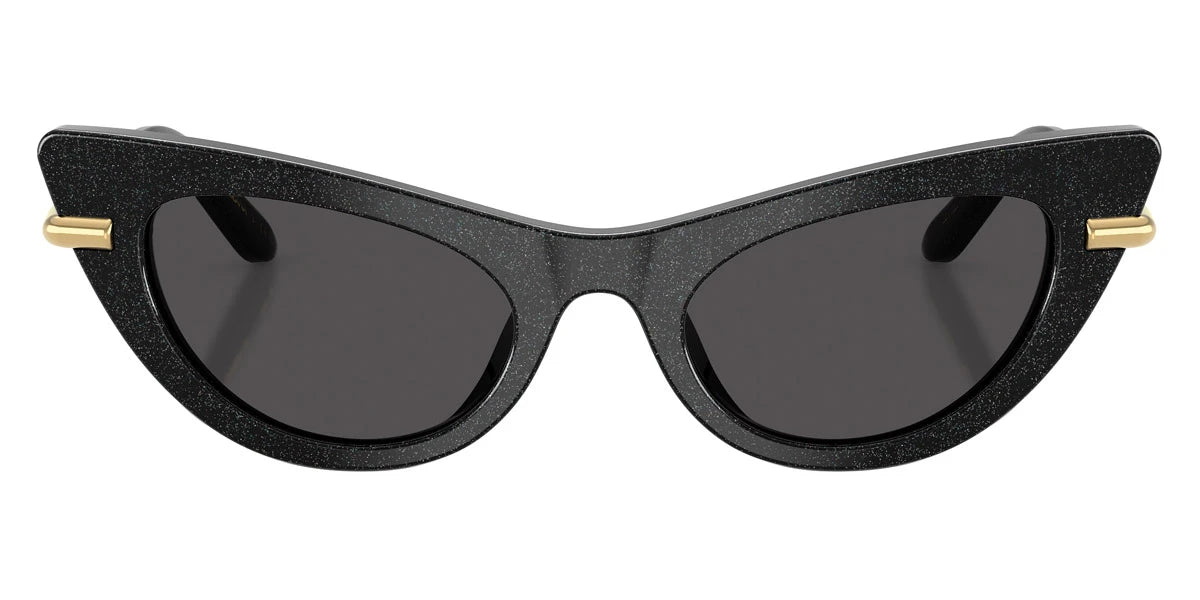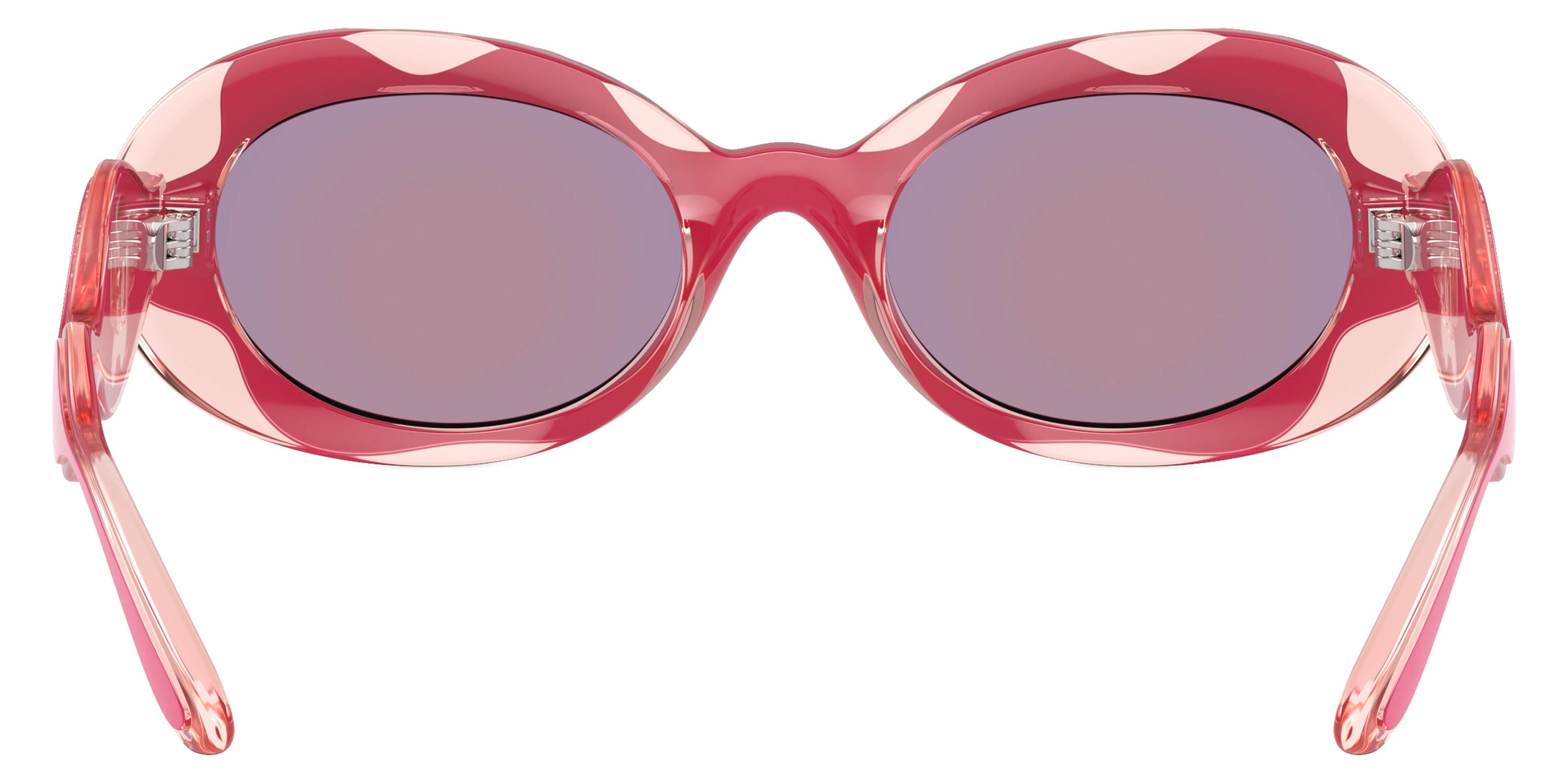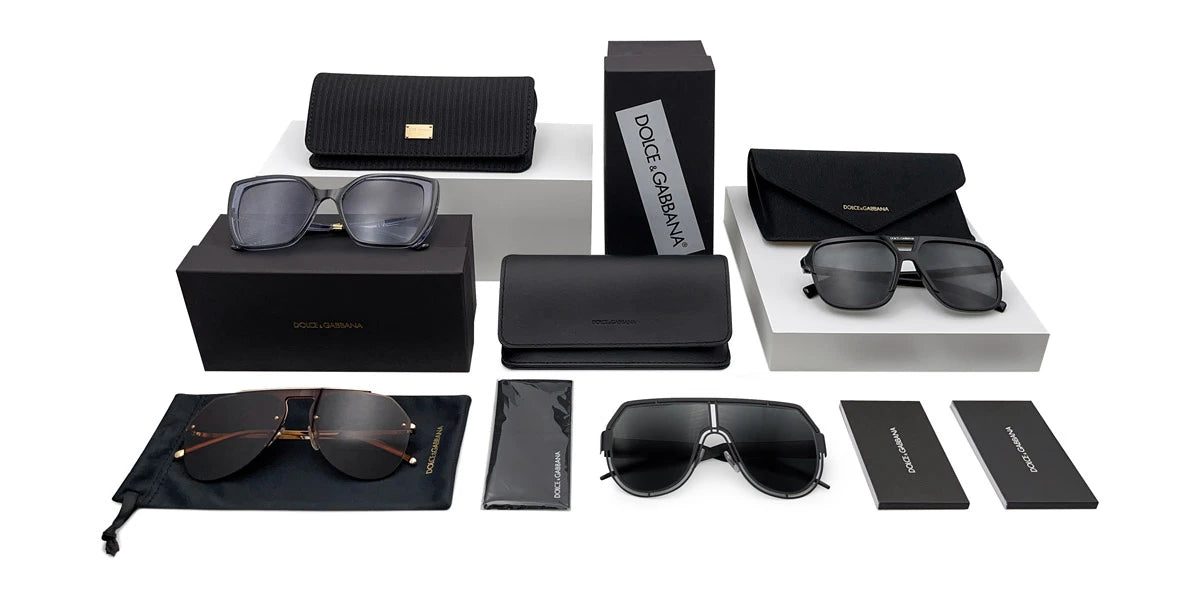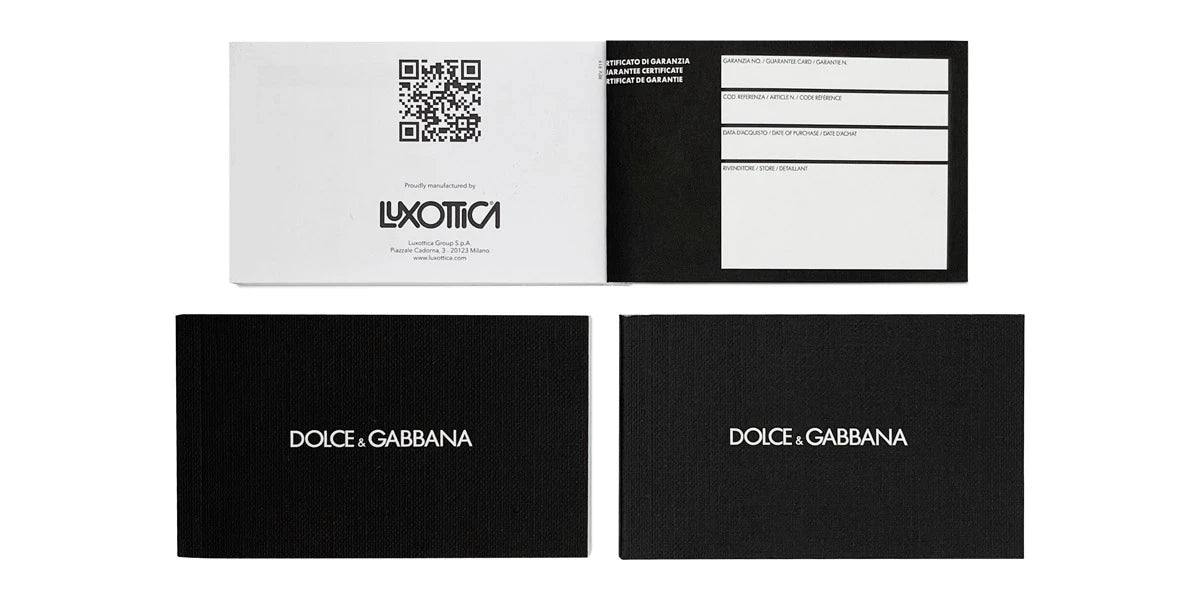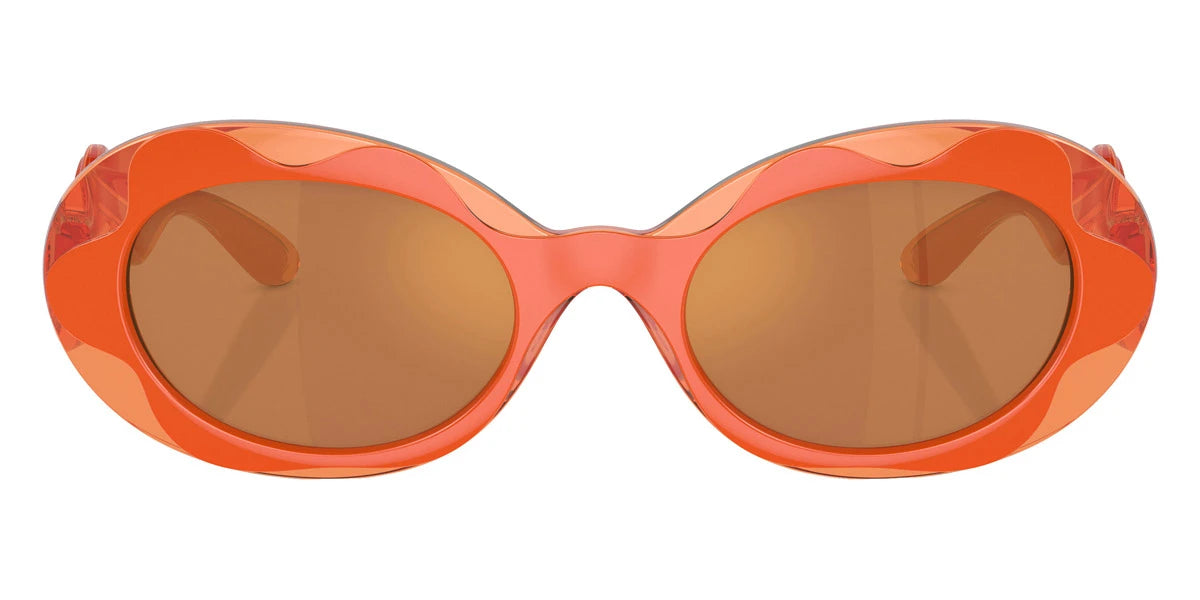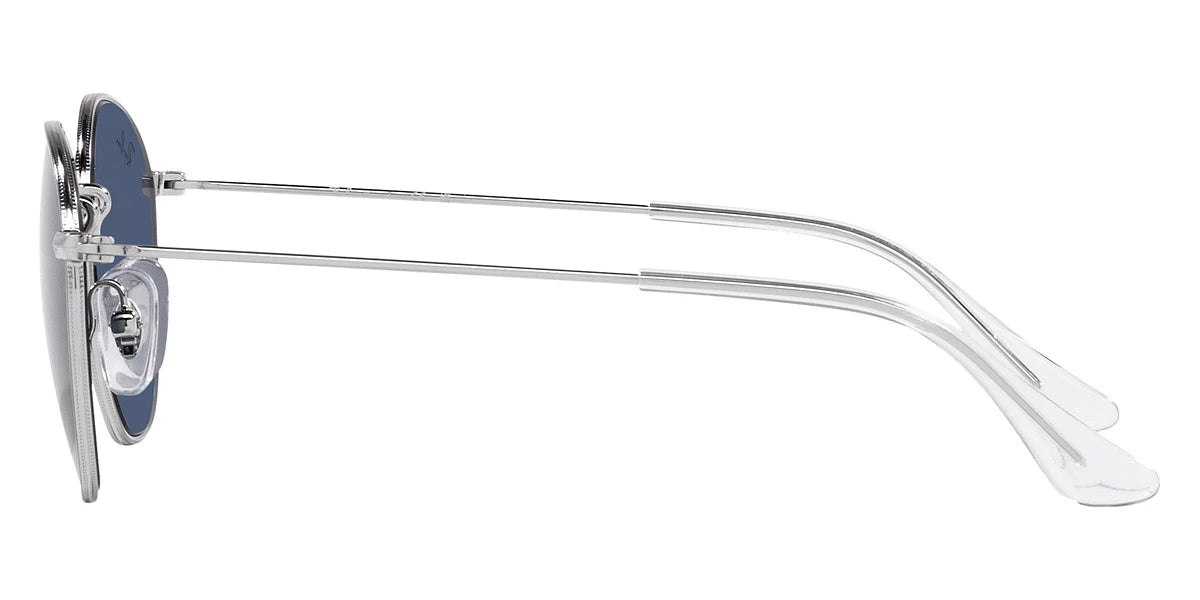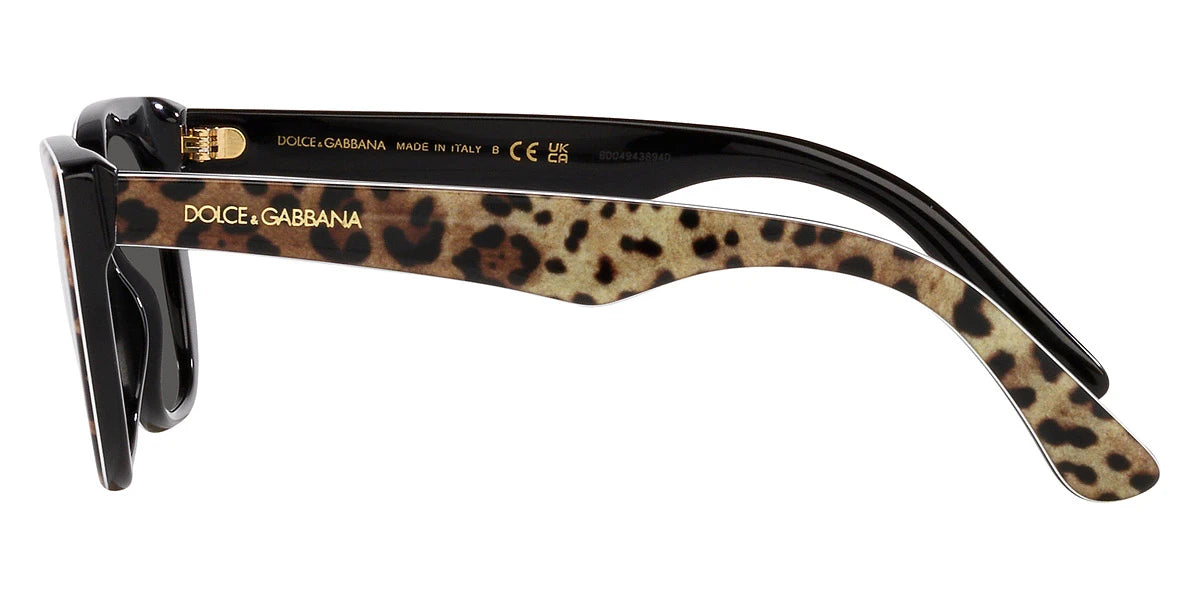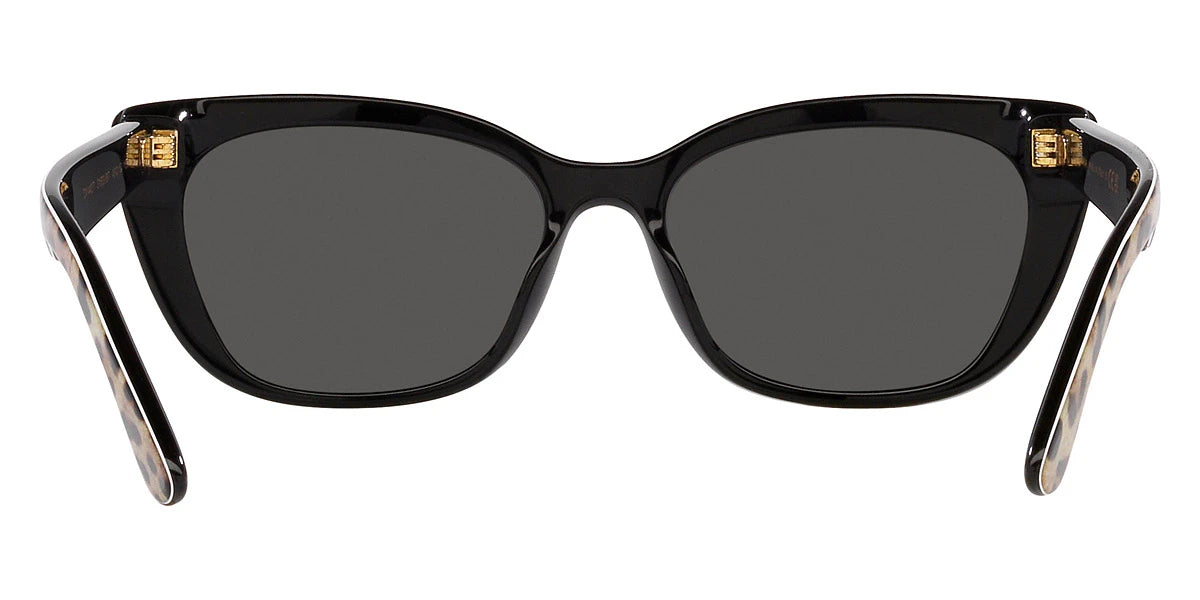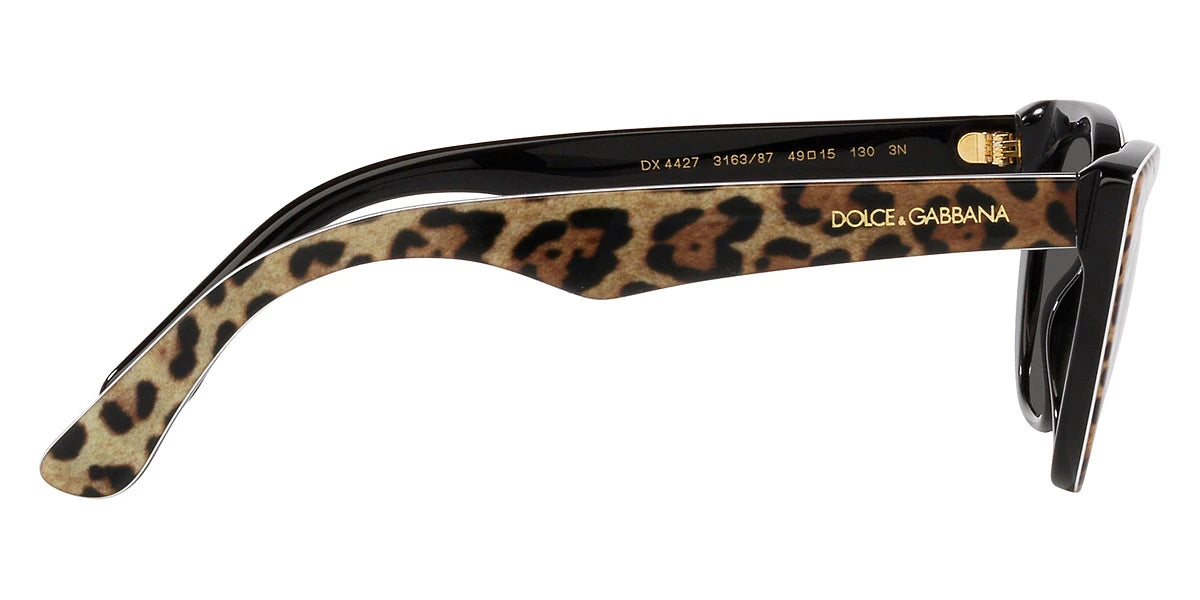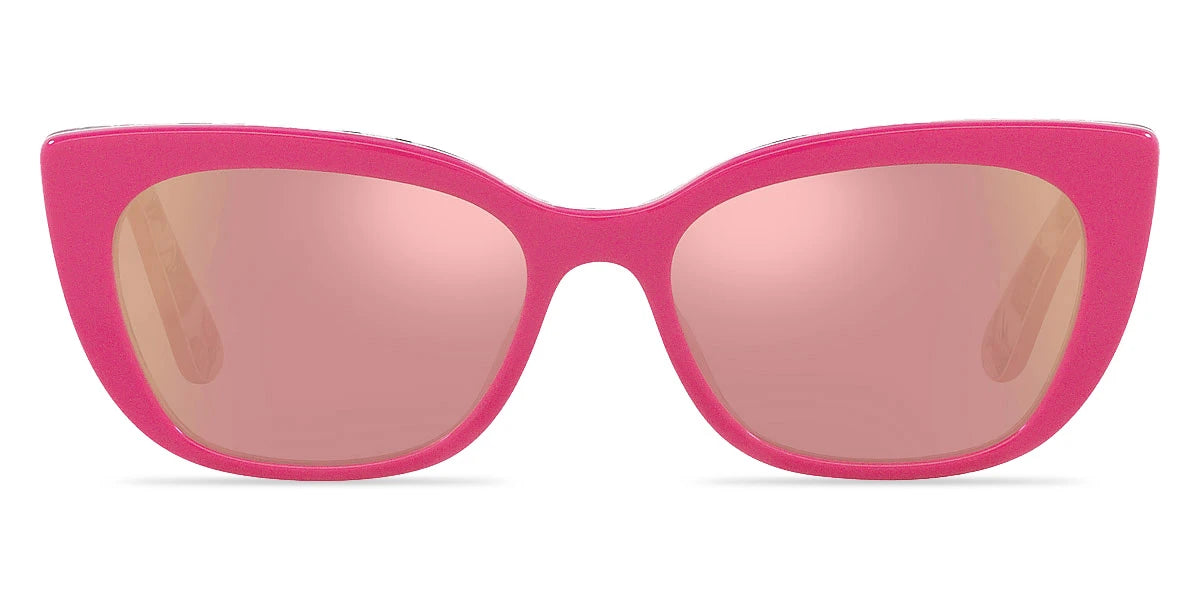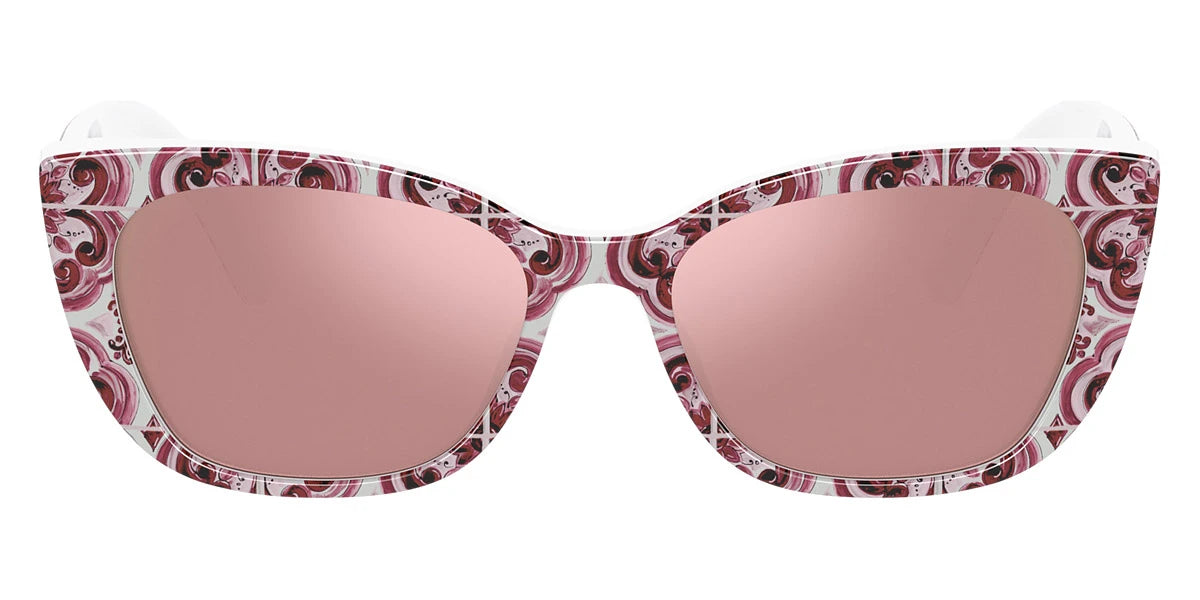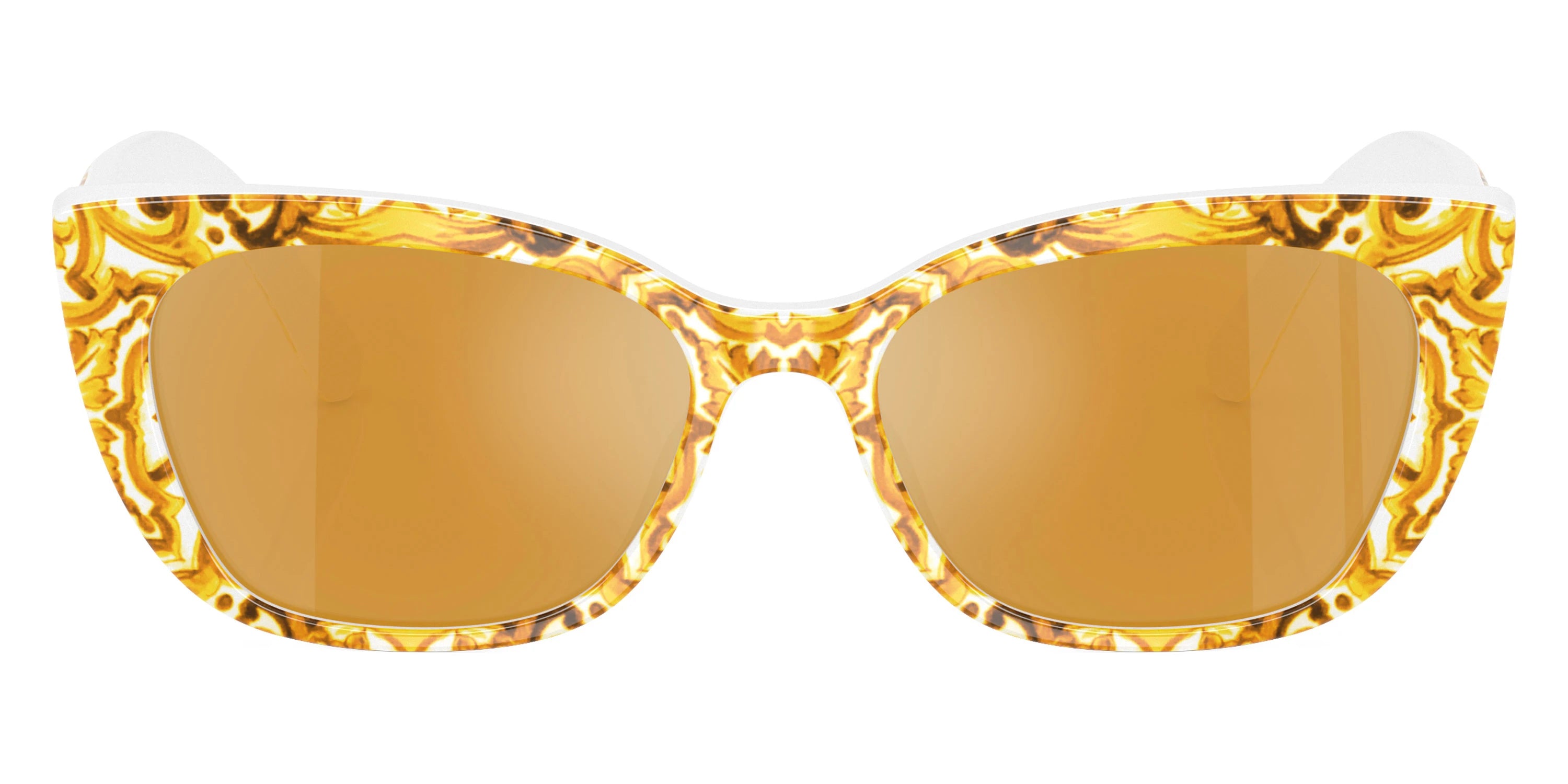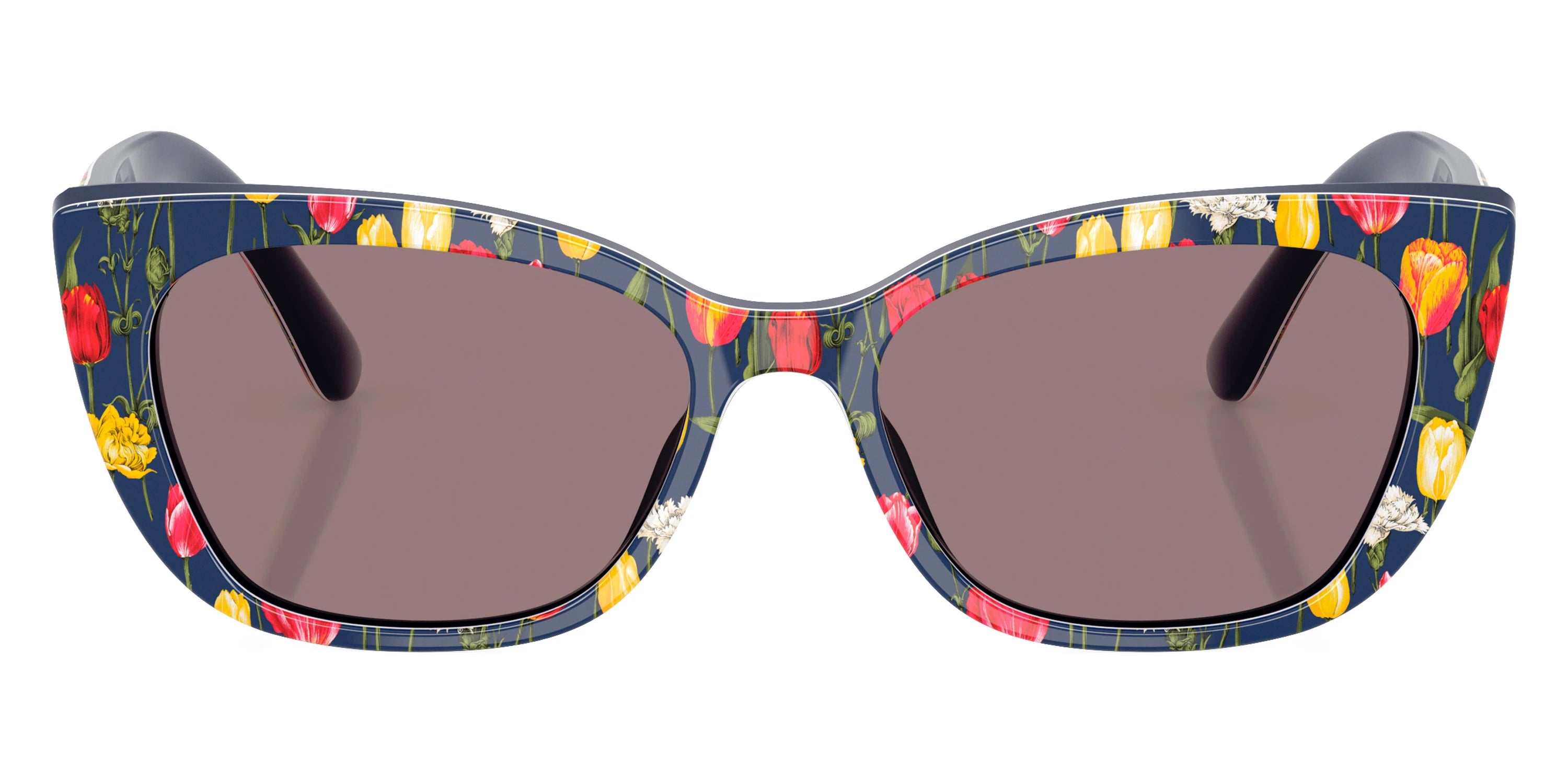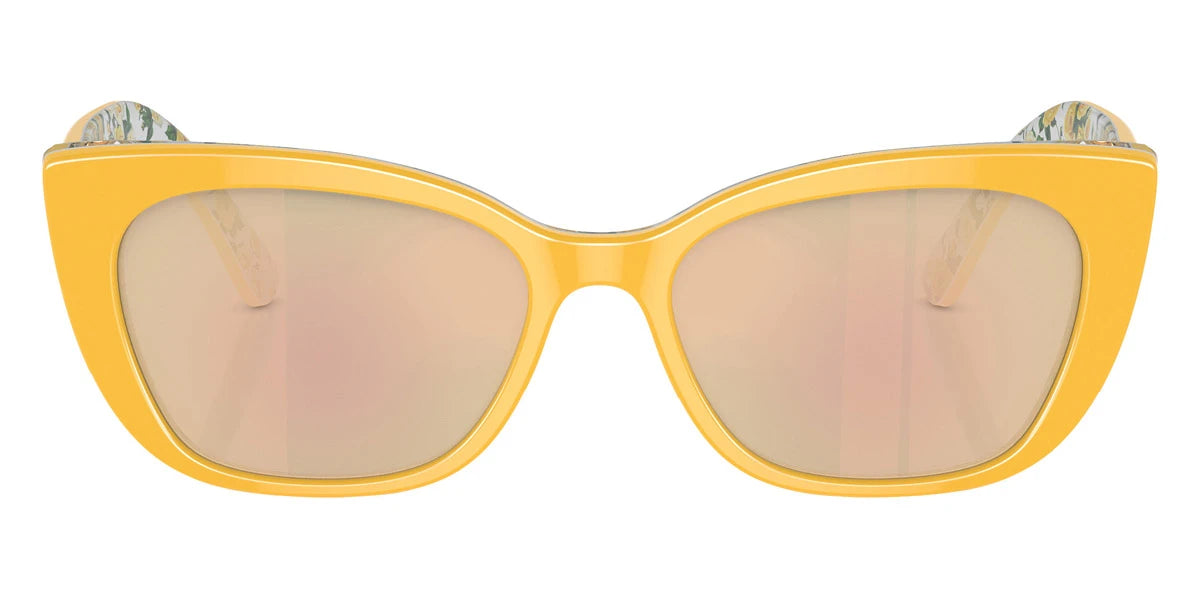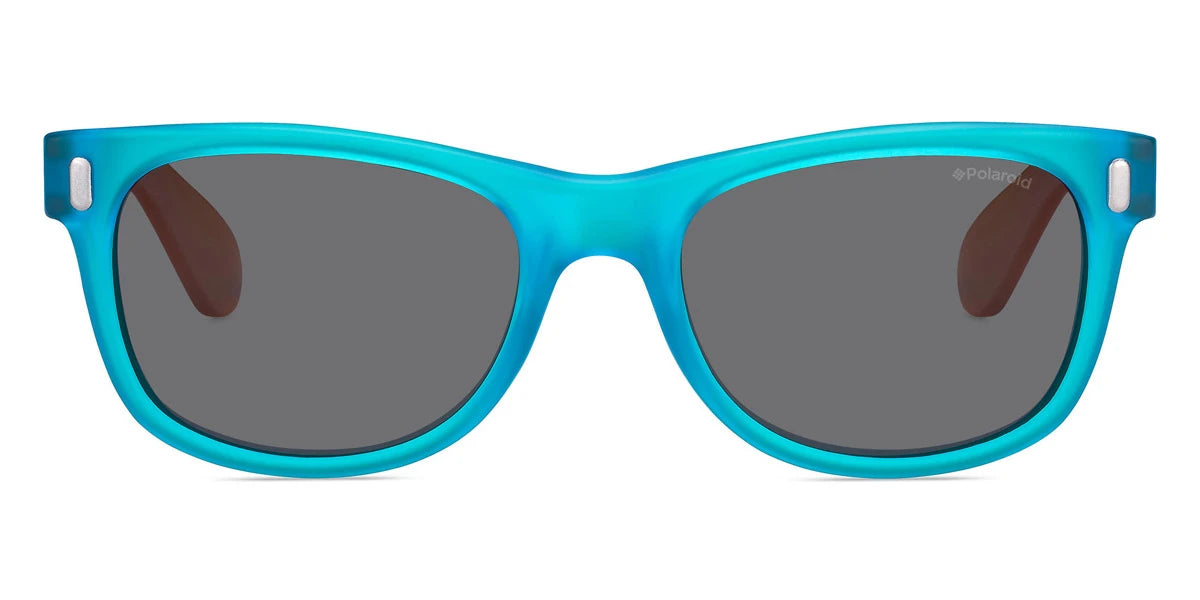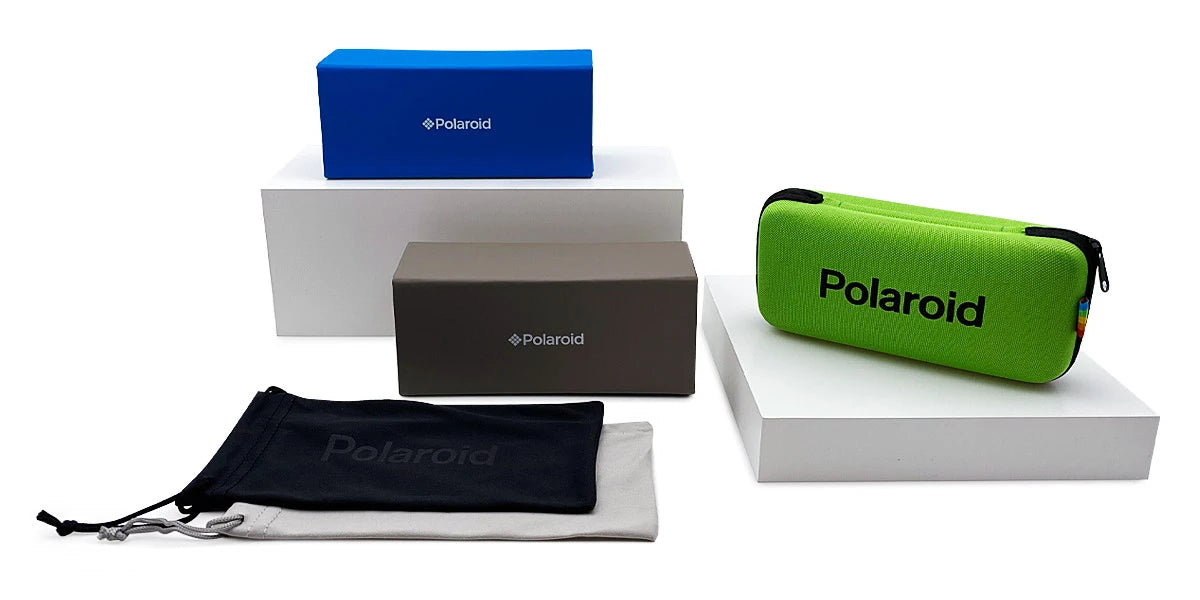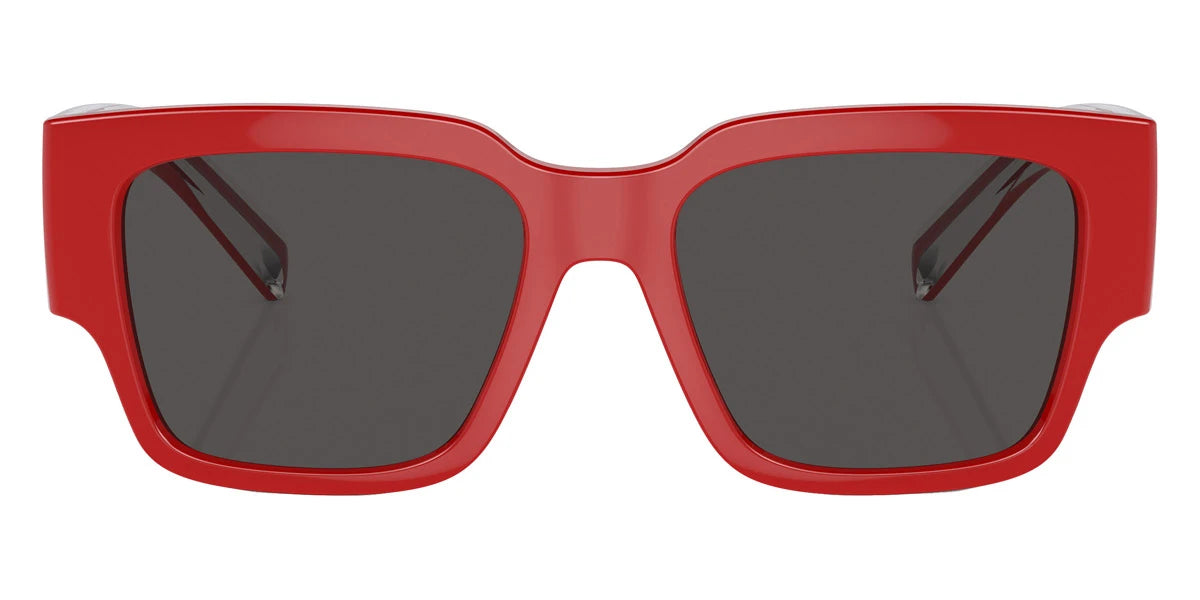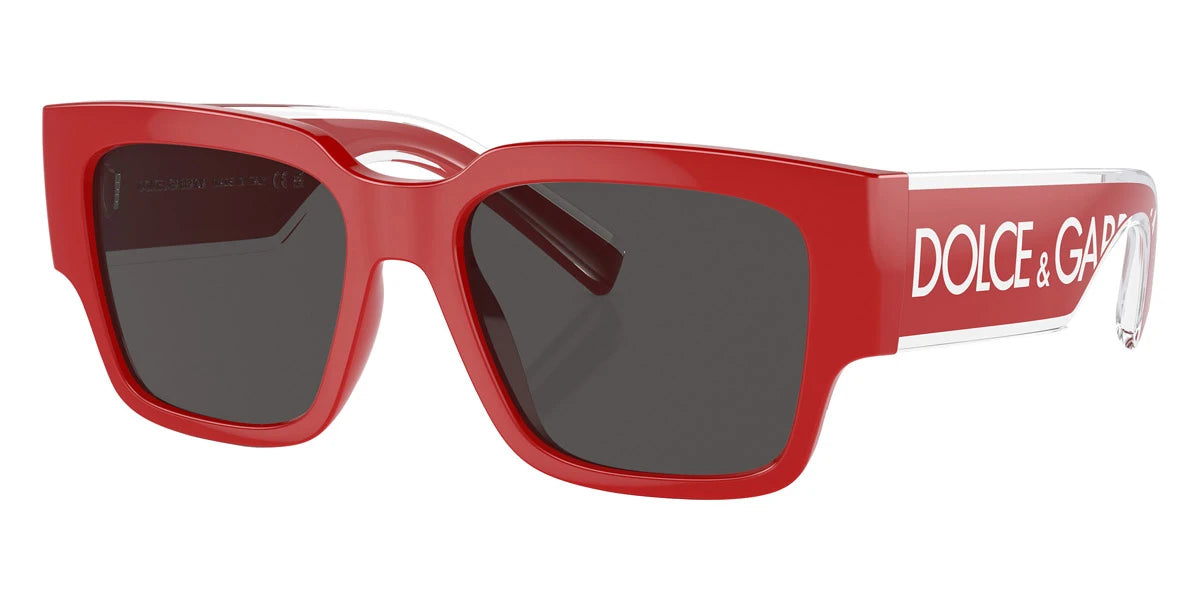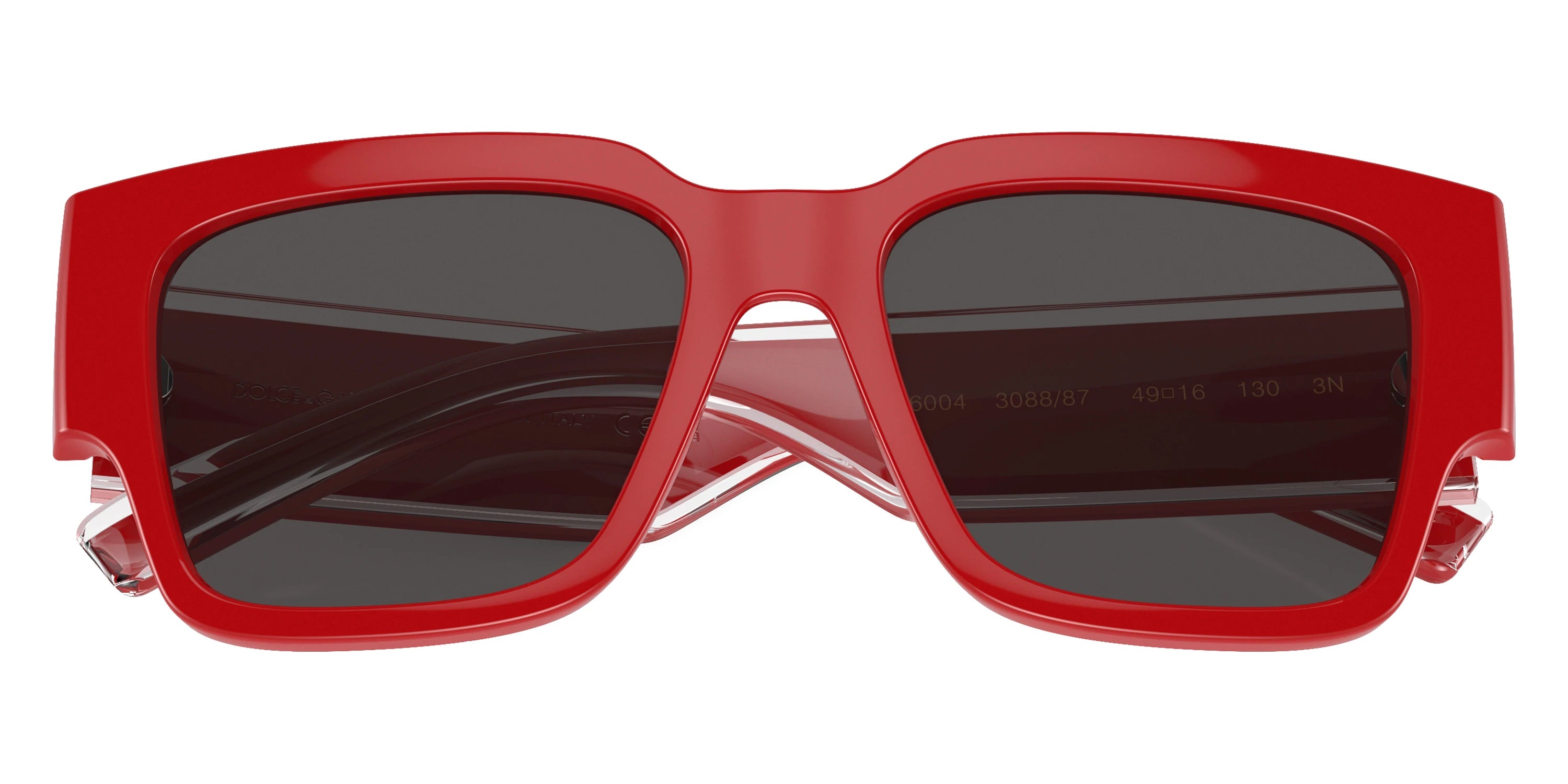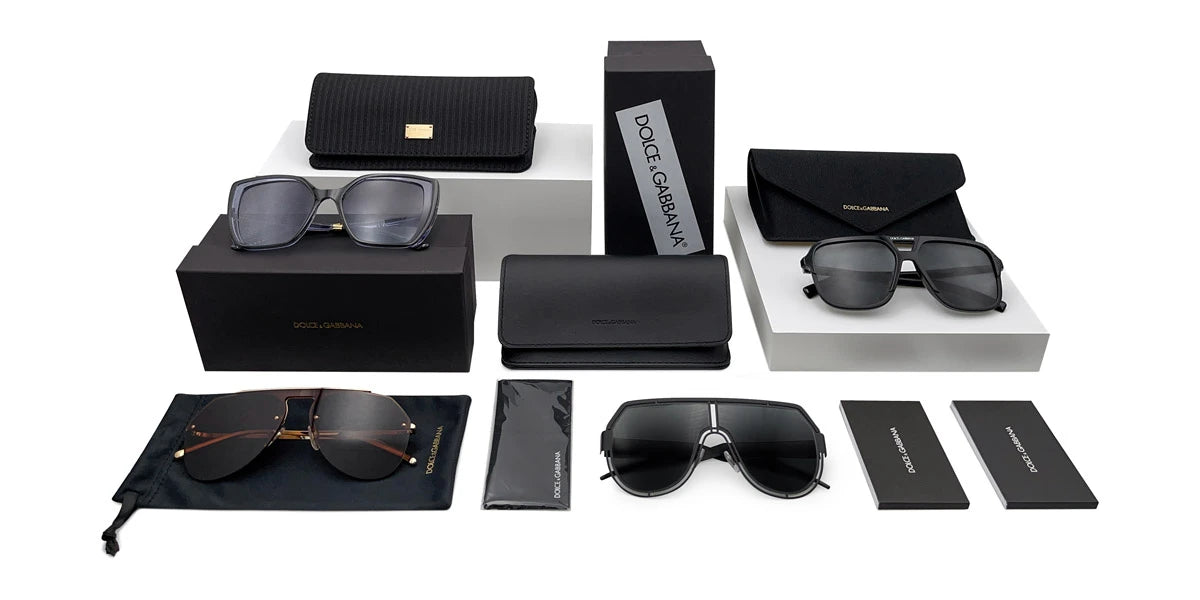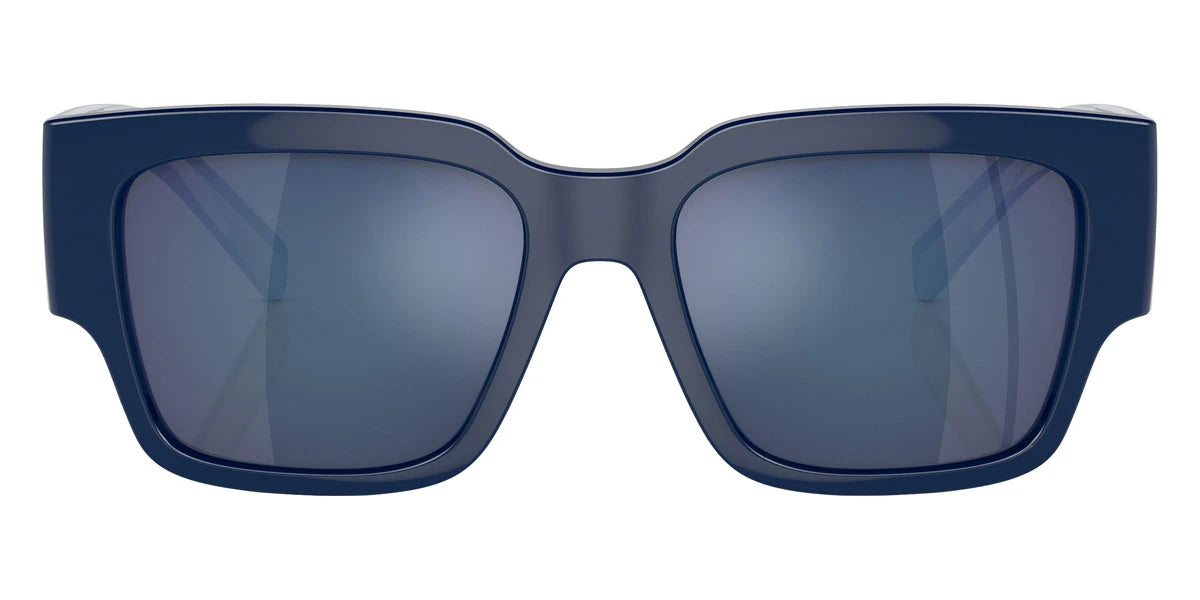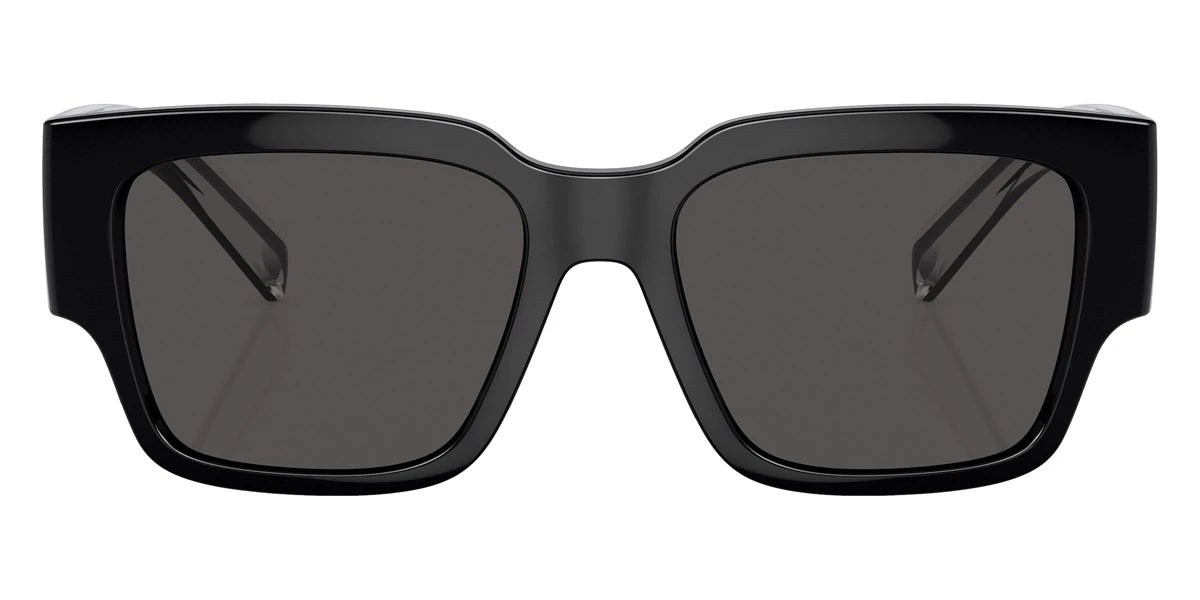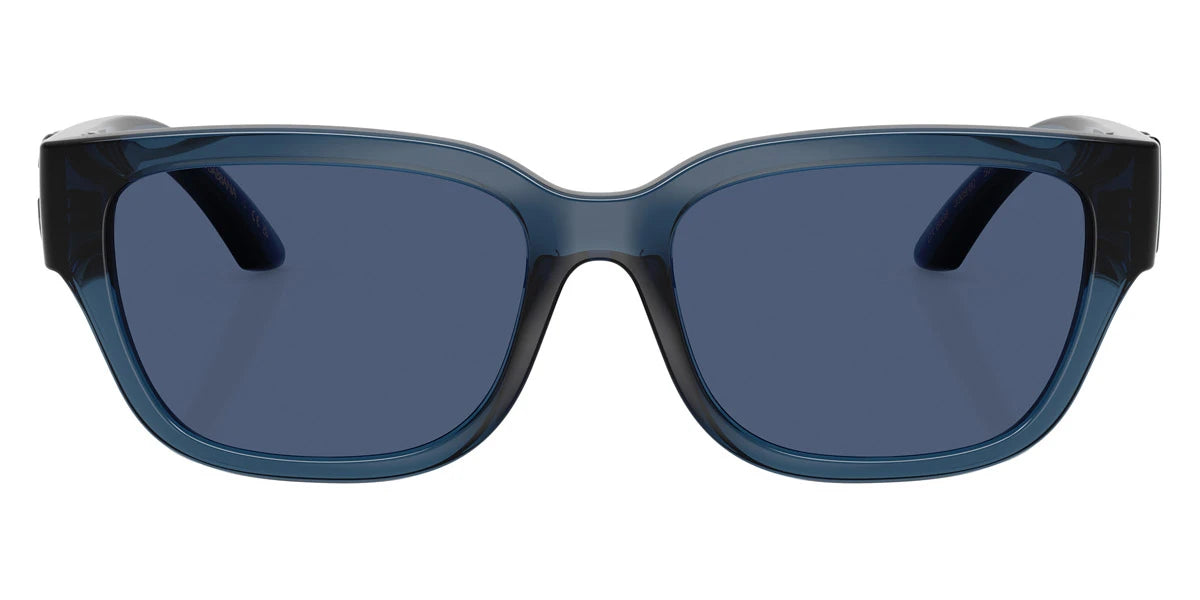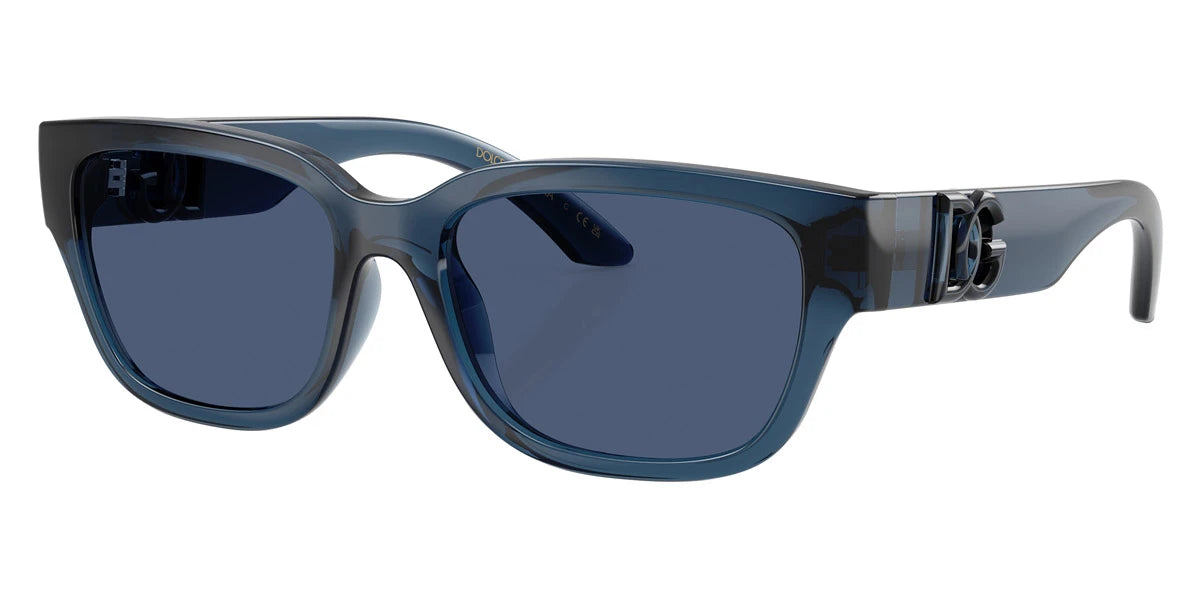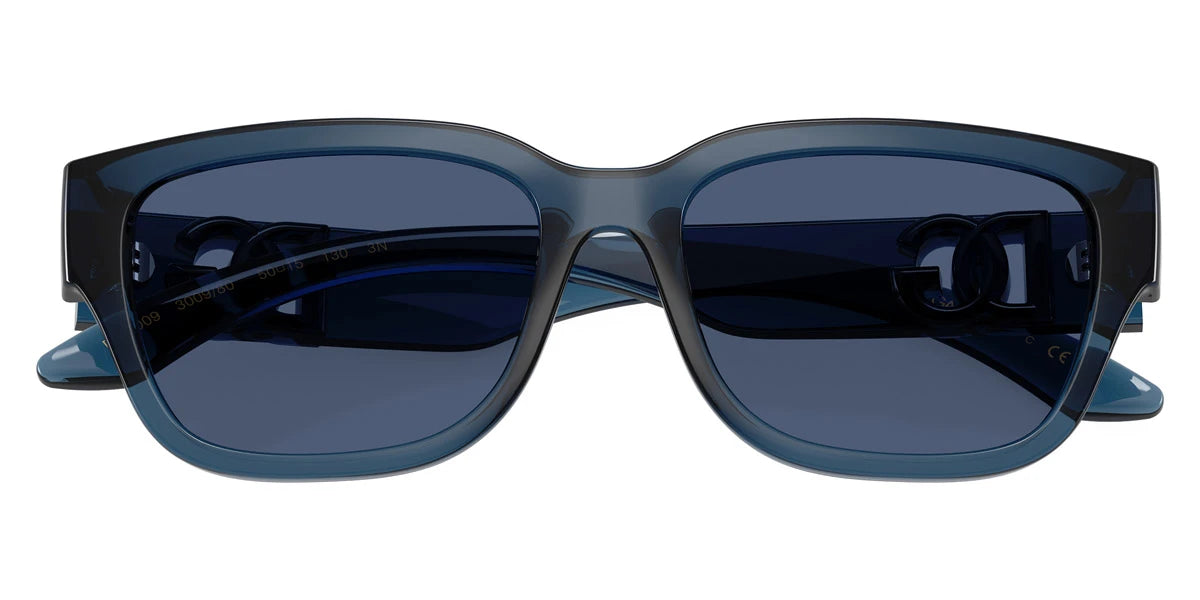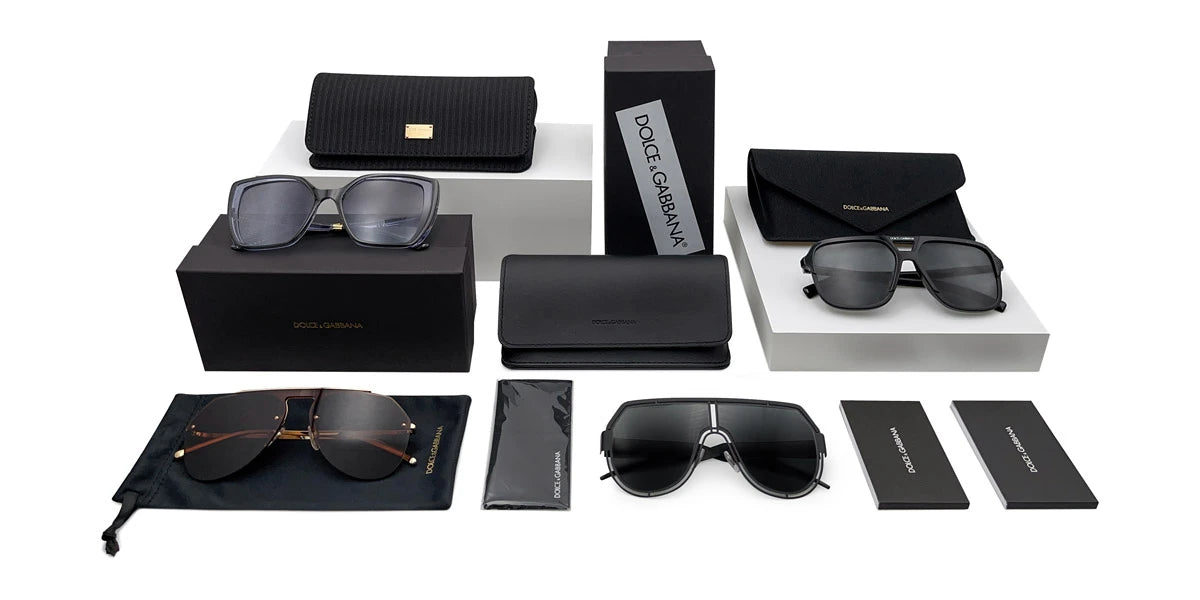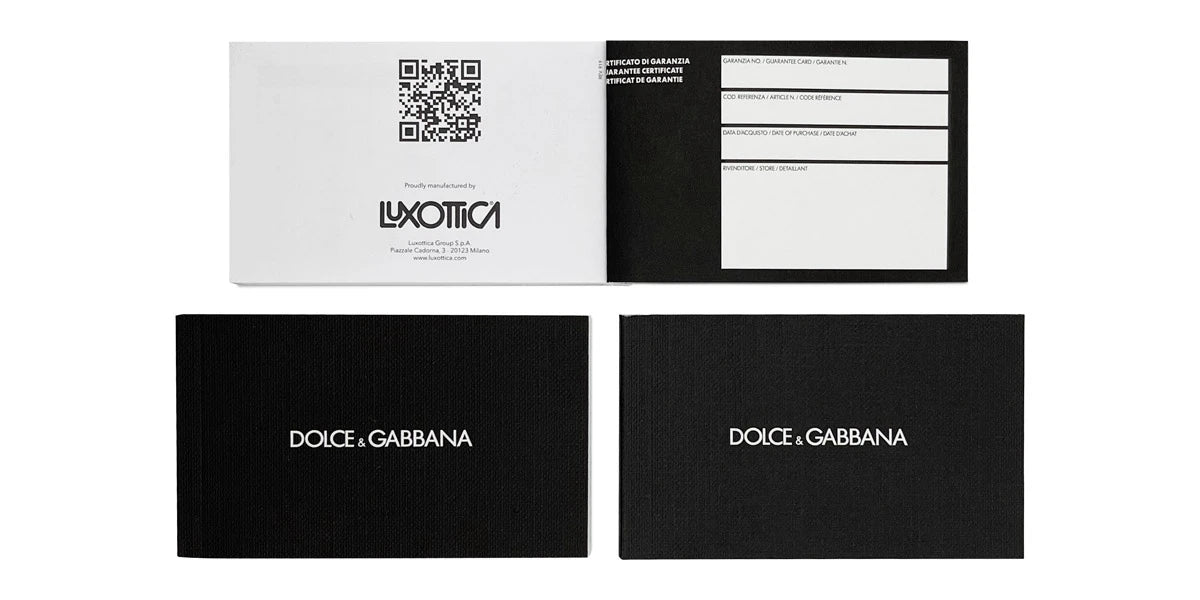Find answers to all your questions.
Sunglasses for Kids
Loading...
Kids' Sunglasses:
Protecting Little Eyes with Style
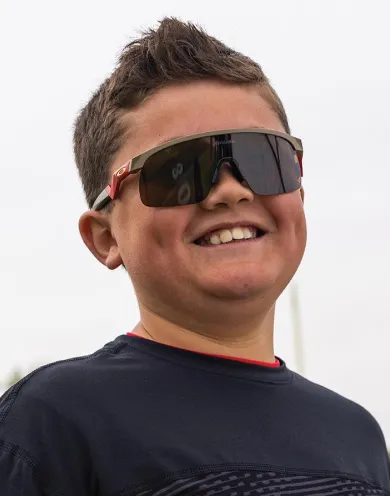
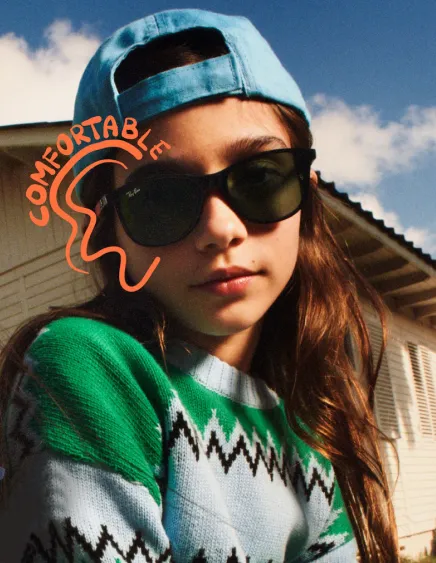
Some people believe their children do not need sunglasses because a little cap can suffice in protecting them from the sun. Admittedly, pediatric ophthalmologists recommend their little clients using sunglasses as early as one year old and certainly by the time they are three if spending increased time outdoors. In essence, those tiny eyes become significantly over sensitive to sunlight; thus, making it even more necessary to guard them accordingly. While choosing sunglasses, the most vital aspect is the quality of the lenses- for this, one can consider adults and children. These ought to be labeled 100% UV or UV 400, as they offer the maximum protection. Sufficiently abundant light can be prevented by brown, green, and gray color lenses because they don't entirely obscure the way nature should filter the light. The lens material should be tough plastic that cannot snap should a child fall. As for the frame, everything must match the shape of the face and must be convenient enough to wear without slipping.
In addition, the frame should be safe, signal strong but soft. No irritation or allergy effects should result. It should fit well and be somewhat elastic; spring hinges or bendy temples contribute to the overall durability of glasses in a typical daily rough play situation. Kids do not tend to take great care of their things. Some frames come without ear hooks and softly grip around the head, while others are made from soft hypoallergenic rubber with an elastic band for extra support. Browse our extensive collection of trendy and stylish kids and teen sunglasses. Each pair is chosen for comfort, terrific fit, and a cool appearance, giving children that confidence, not to mention a bit of that grown-up look in their new shades.
Why Shades Matter for Young Ones
Sunglasses are just as paramount as sunscreen for their skin or a helmet for their head. They are protective gear against the harmful rays of the sun; why include them in the skincare routine? To elaborate:
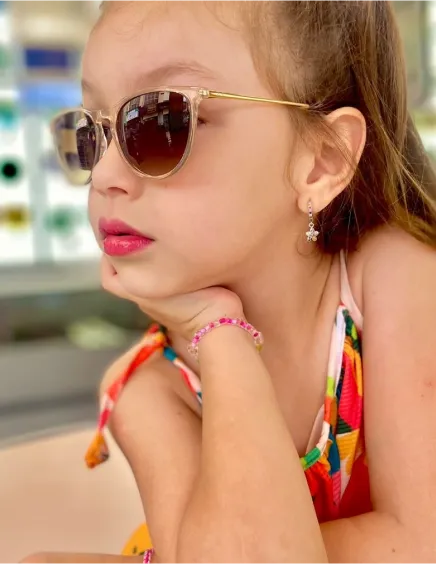
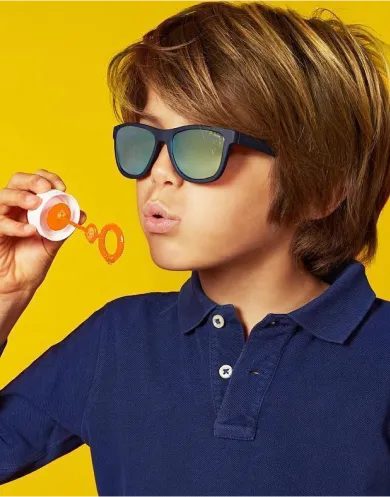
- Ultra-violet sunlight is as harmful to children as it is to adults. If not protected, arcane rays can affect them and increase the chances of cataracts and the likes much later in life.
- Basically, sunglasses protect the sensitive eyes of children from dust, small particles, and anything that can fly through during outdoor play or sports.
- An eye sore from bright sunlight could make children squint or pull, while in essence, aching their heads. Good shades, with optimum UV-blocking qualities, soften the harsh light so that it can be easily and comfortably enjoyed outside.
- Too much sun, not wearing protection, increases the chances of immediate eye-related issues. Shades are efficient at filtering harmful rays and decreasing that risk.
- Teaching children to wear sunglasses will ensure they have the habit enforced into them from an early age and let them know just how important it is to look after their eyes throughout life.
- Better sight comfort: Sunglasses reduce glare and improve visibility for kids by allowing them to clearly see what is around them on bright days without any sense of discomfort.
- Cool and fun: Of course, kids love looking cool! There are so many tones and shapes of sunglasses to flaunt one's personality in copious safety. When outdoors, ensure your child constantly wears sunglasses on their face: these will comfort, protect, and make bright, beautiful eyes into a long future.
What to Look for in Shades for Kids
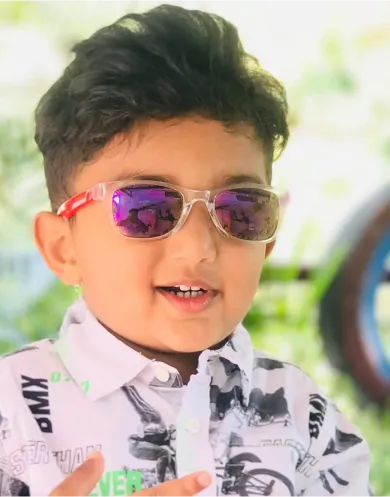
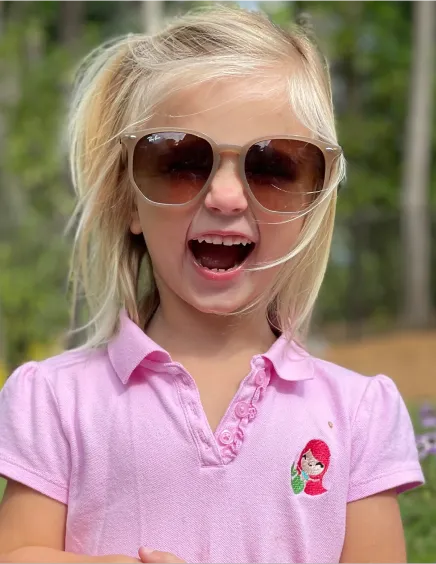
Weightlessness, comfort, and safety are the key considerations when choosing sunglasses for kids. Running, jumping, and the general movement of children really lead them to forget that they have products sitting on their faces designed specifically to protect those little eyes. Fortunately, there is no need for parents to give too much thought to the lens options. Eye specialists recommend that these plastic lenses are excellent ones. The materials polycarbonate and Trivex are favored because of their weight, resistance, and impact resistance which are incomparable to glass. They are also clearer in vision to kids. The fewer chances of injury caused when breaking makes these lenses better options than glass. There are also lenses specially made to protect the children's eyes from the damaging bright reflections of snow, water, or wet roads, as well as protecting them from the bright light. Most of the polycarbonate lenses feature anti-reflective and phototropic properties but all have UV blocking.
Children's sunglasses come in many colors, but eye doctors usually recommend gray and brown. If shadows are cast, they absorb a lot of bright light and prevent UV rays and keep colors looking natural. Pink lenses would suffice spectacle or maybe on slightly cloudier days, but red lenses usually affect the child's mood. Children's sunglasses come in three age brackets: newborn to five years, six to ten years, and eleven to fifteen years. Each of these groups has frames shaped so that they fit on the child's face in an appropriate way. It is generally made with very lightweight, strong, and hypoallergenic materials, such as titanium, plastic, or plant-based plastic. Good sunglasses rest comfortably on the face without pinching and still feel so light; kids forget they are wearing them. Make sure when shopping there are different sizes and shapes in the selection so that you can match the frame to your child's face. Polycarbonate remains the lightweight and tough lenses of choice. For reliable eye protection, stick to the popular brands such as Polaroid, Carrera, and Converse.
FAQ
What are polarized lenses, and need kids to have one?
Polarized lenses are what minimize the bright reflection bouncing back from the water, snow, or roads so that it becomes easier for kids to see clearly when outside, playing, or riding a bike at the beach. They are not mandatory for every child but can contribute towards a nicer feeling on the eyes during sunny weather.
How to care for children's sunglasses for better longevity?
Children's eyeglasses should not be in use but stowed away somewhere cushioned and protected in a good hard case to eliminate the damaging force of crushing or smashing. For lenses, clean them with extremely soft cloths, avoid exposing them to boiling or very cold temperatures that could distort or crush them. Just a little care keeps the kids' sunglasses intact, clear, and ready for all adventures.












